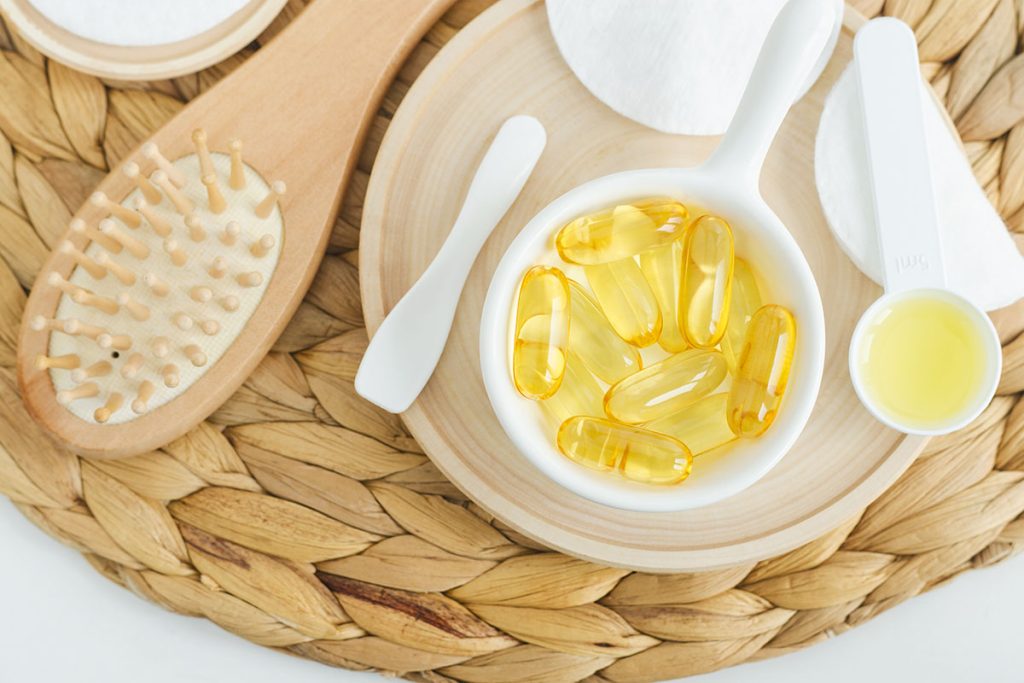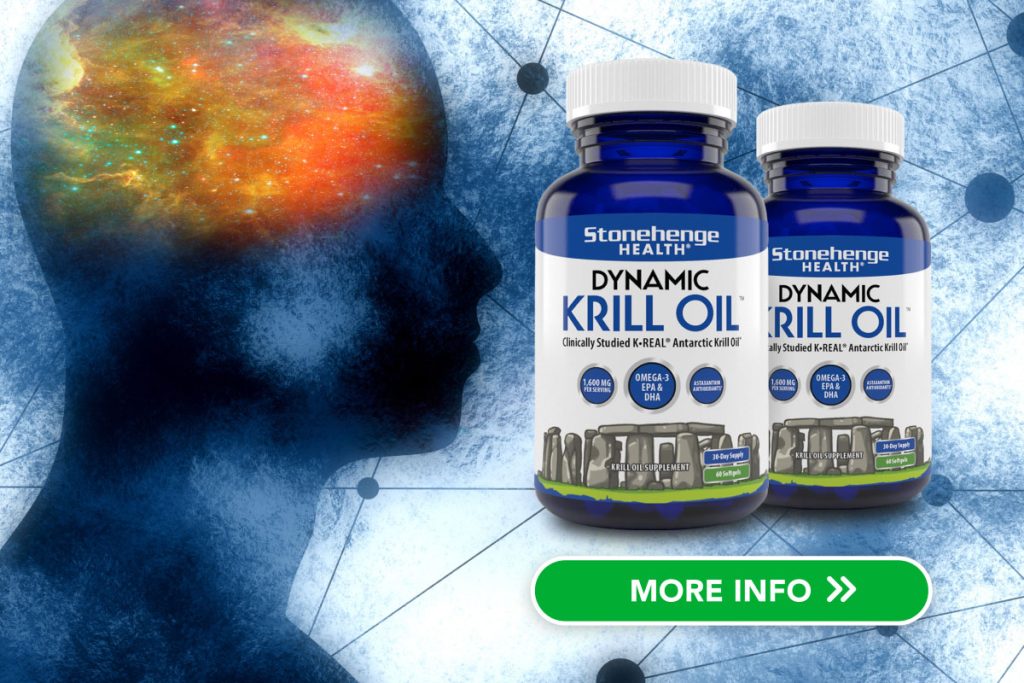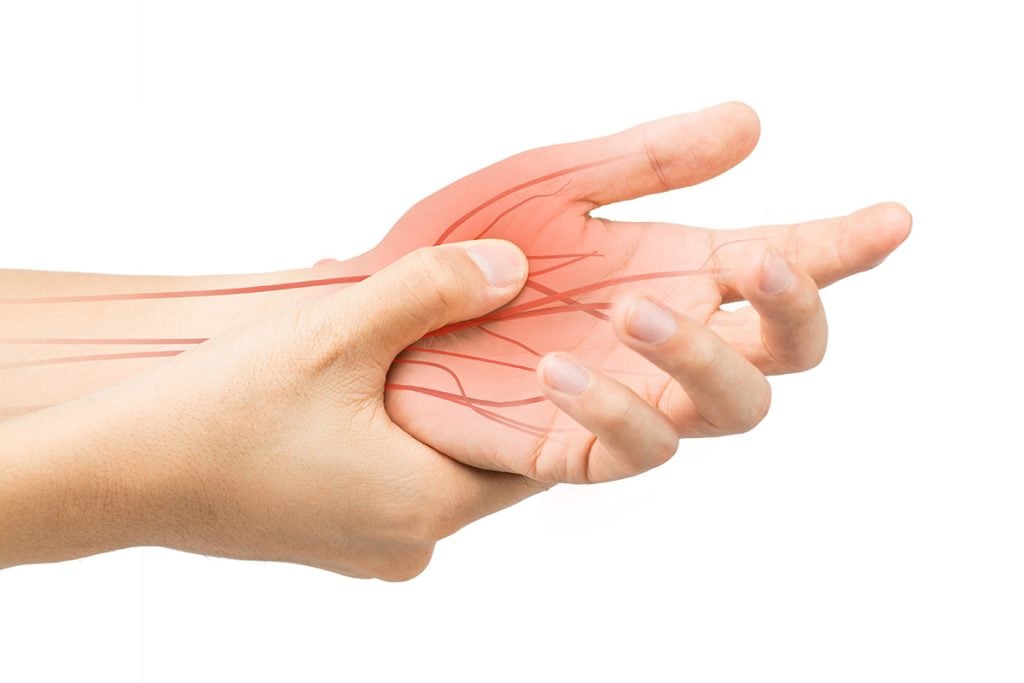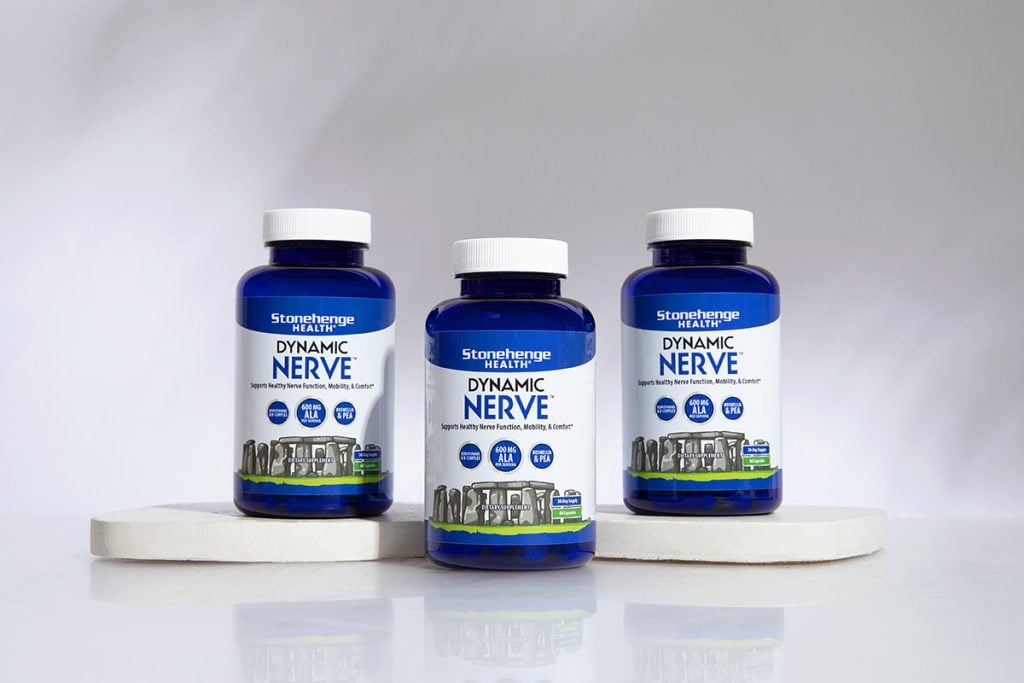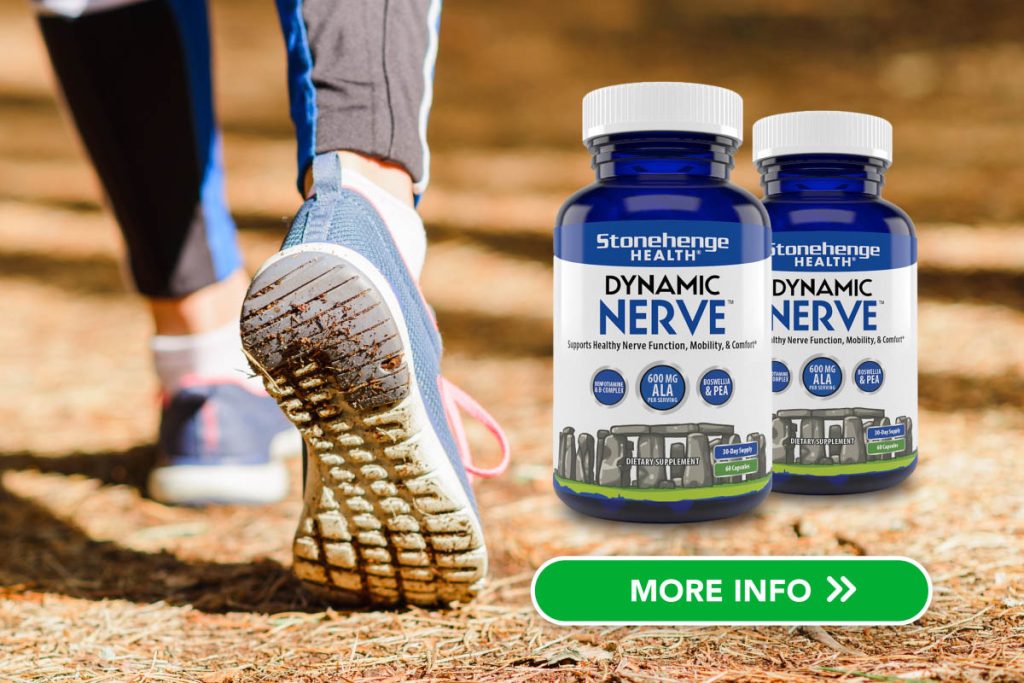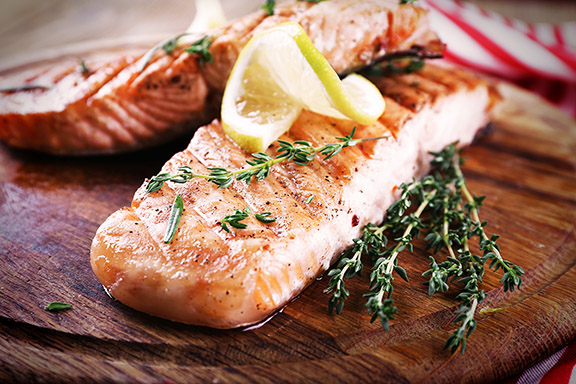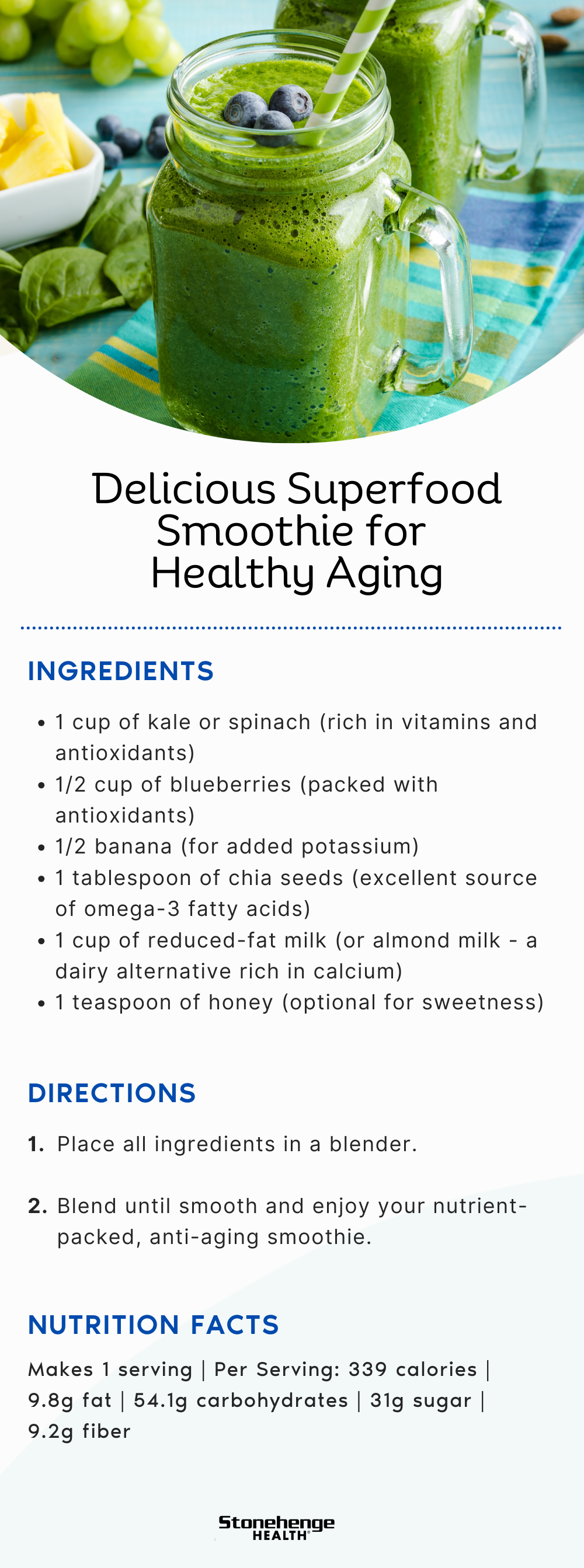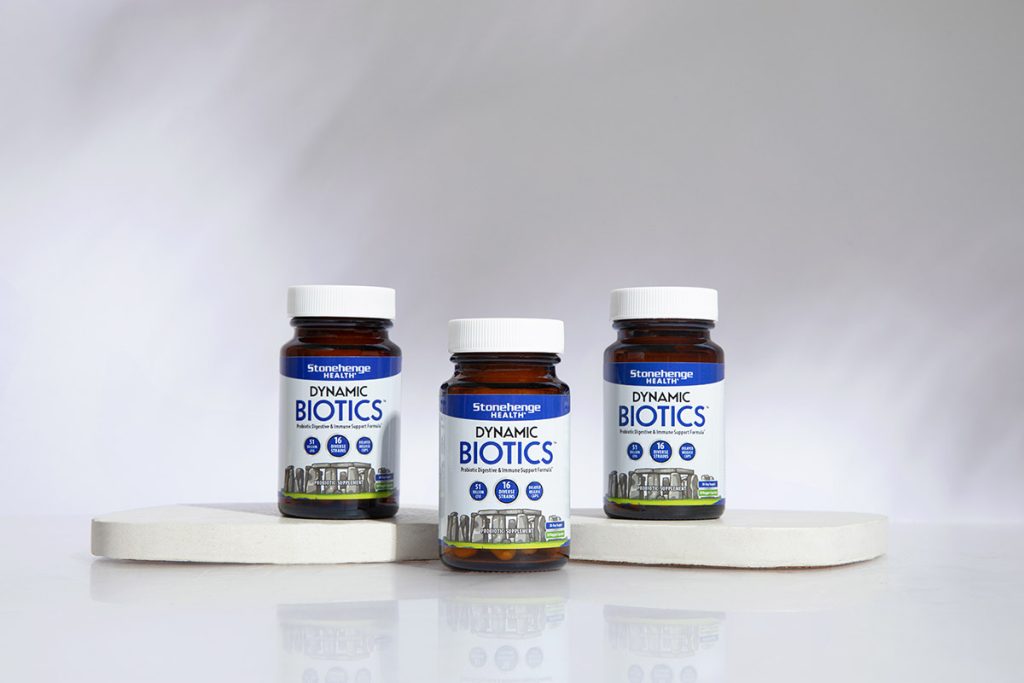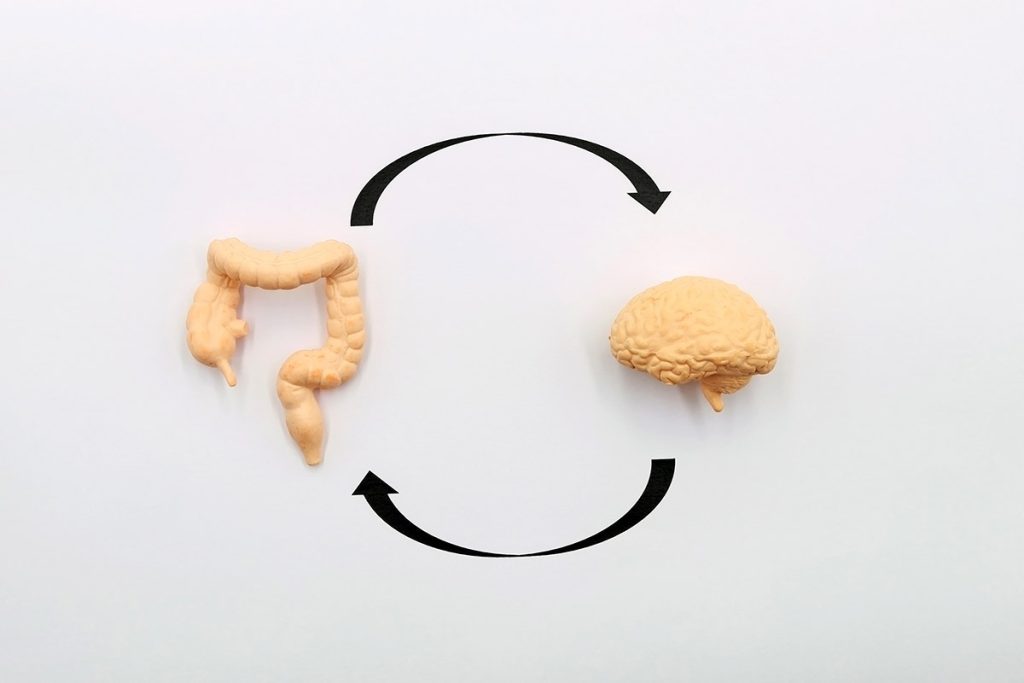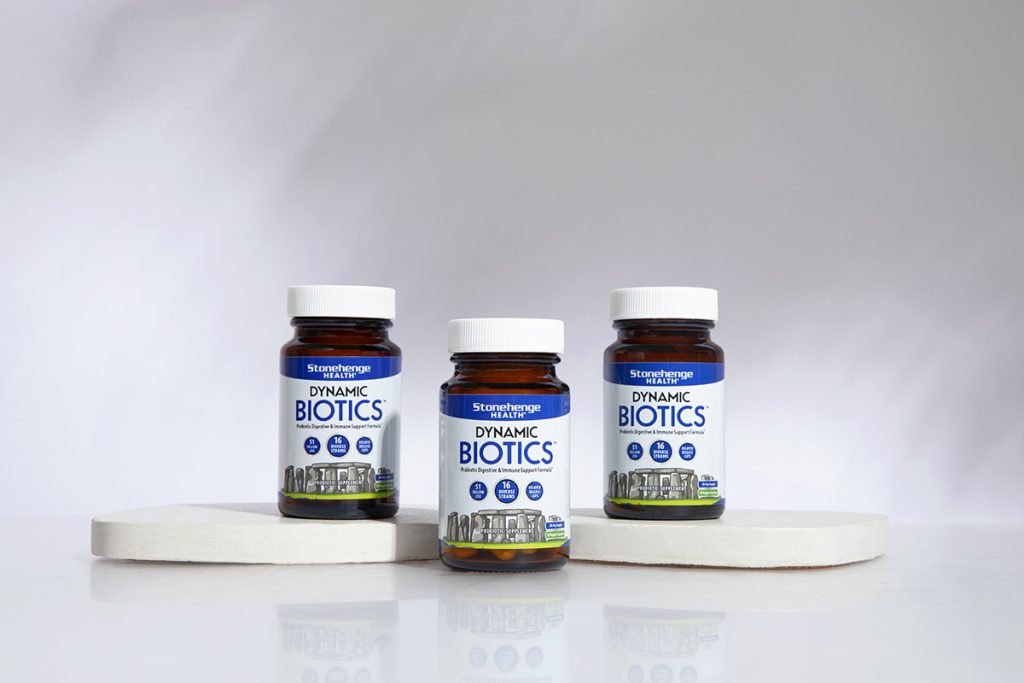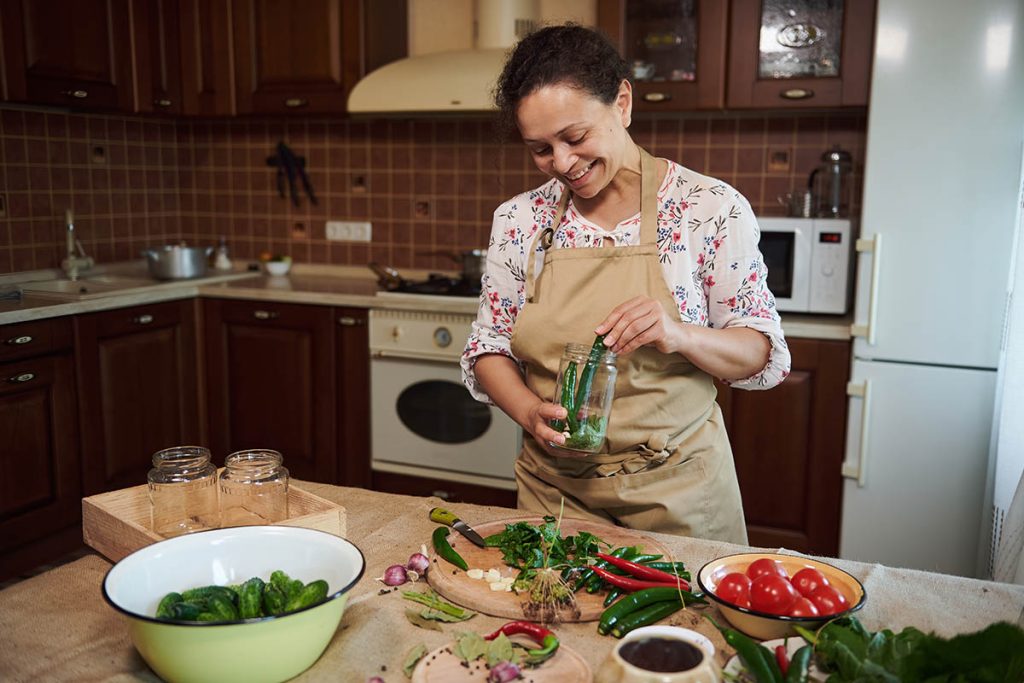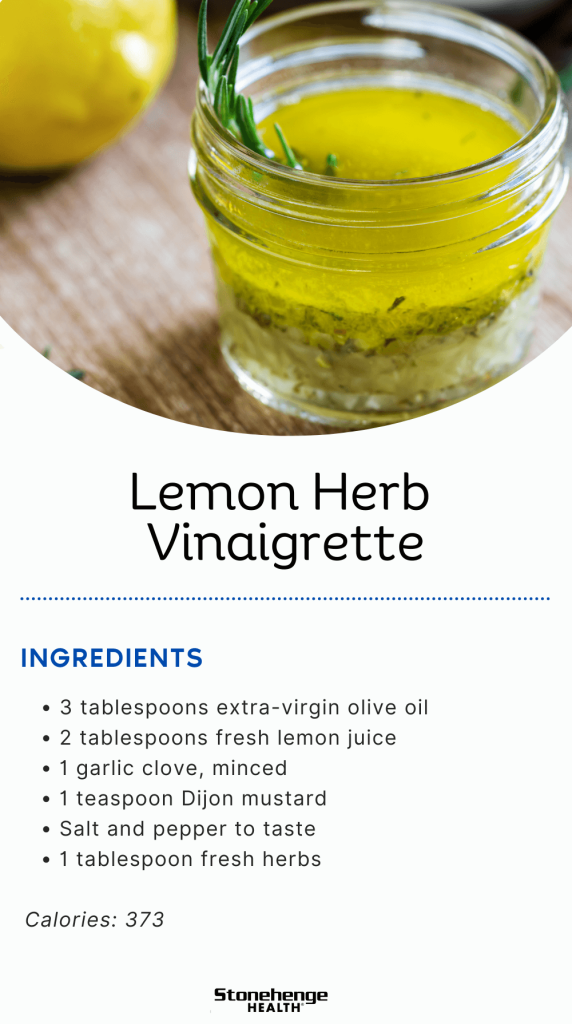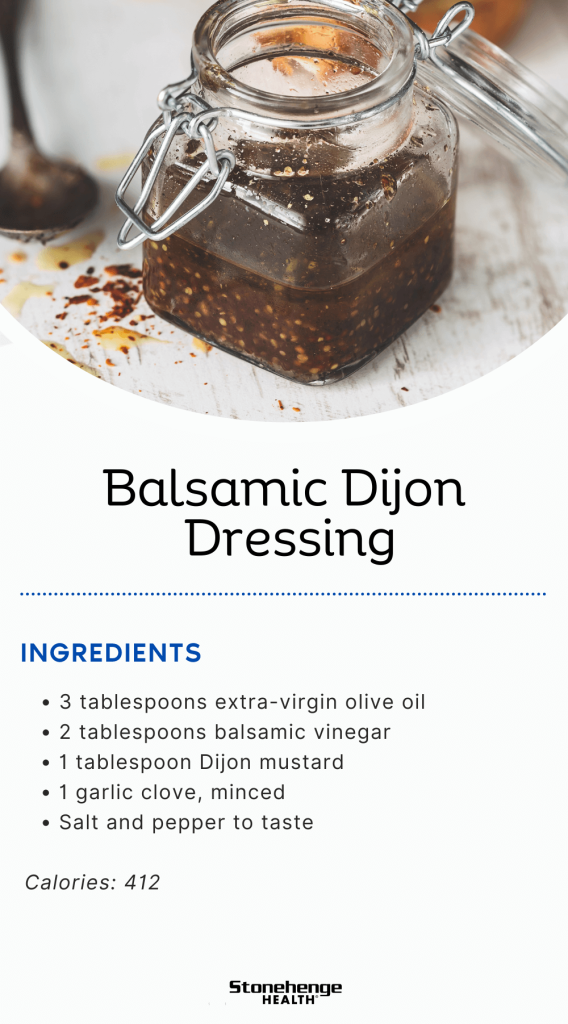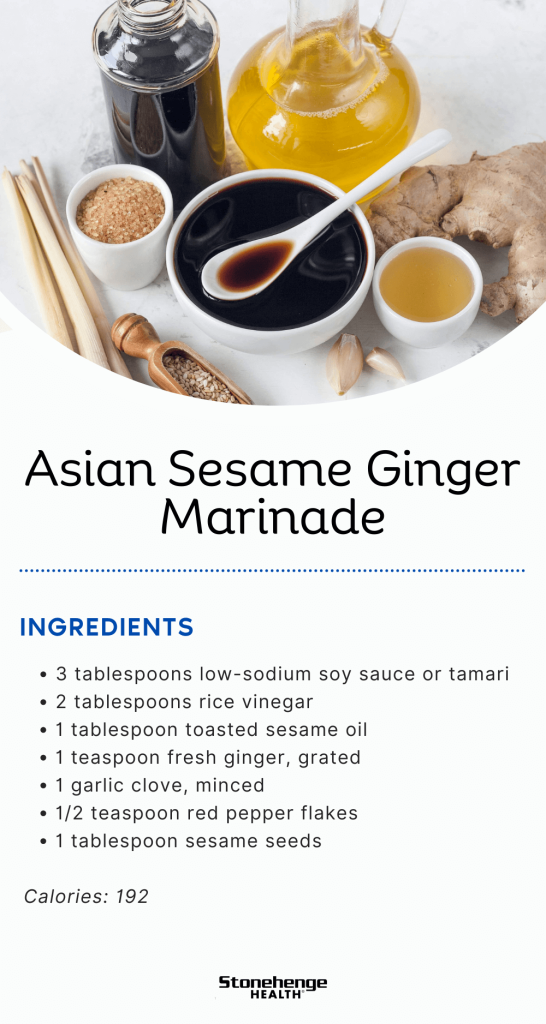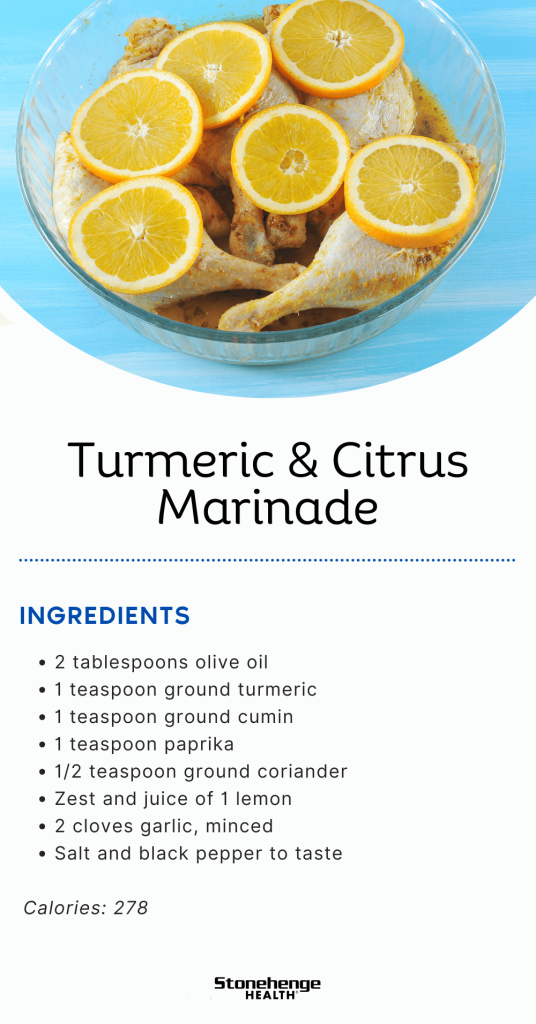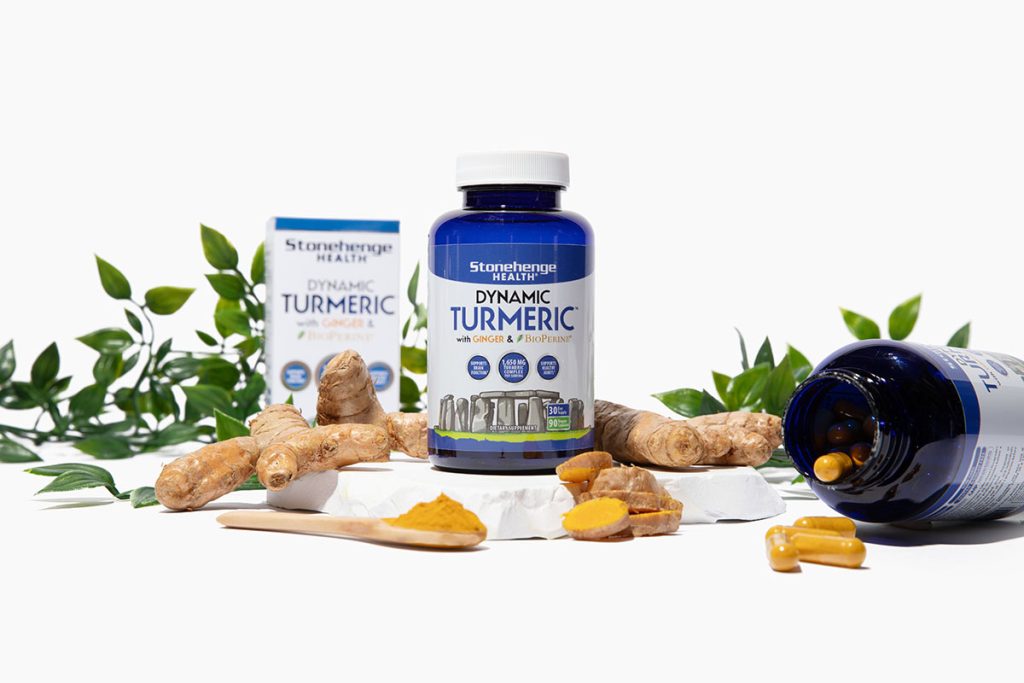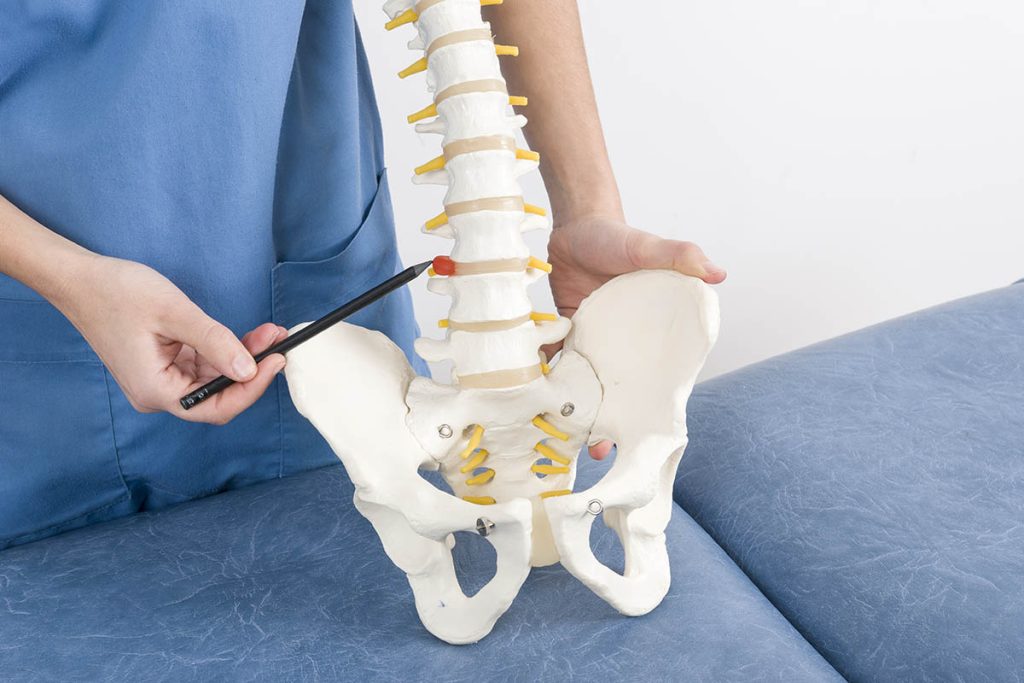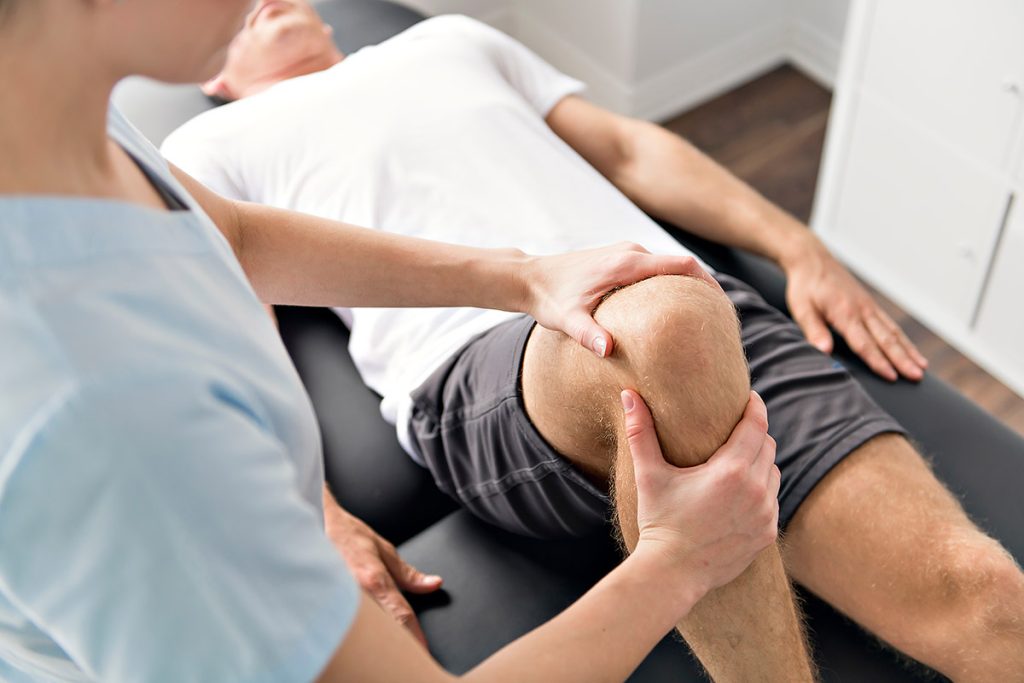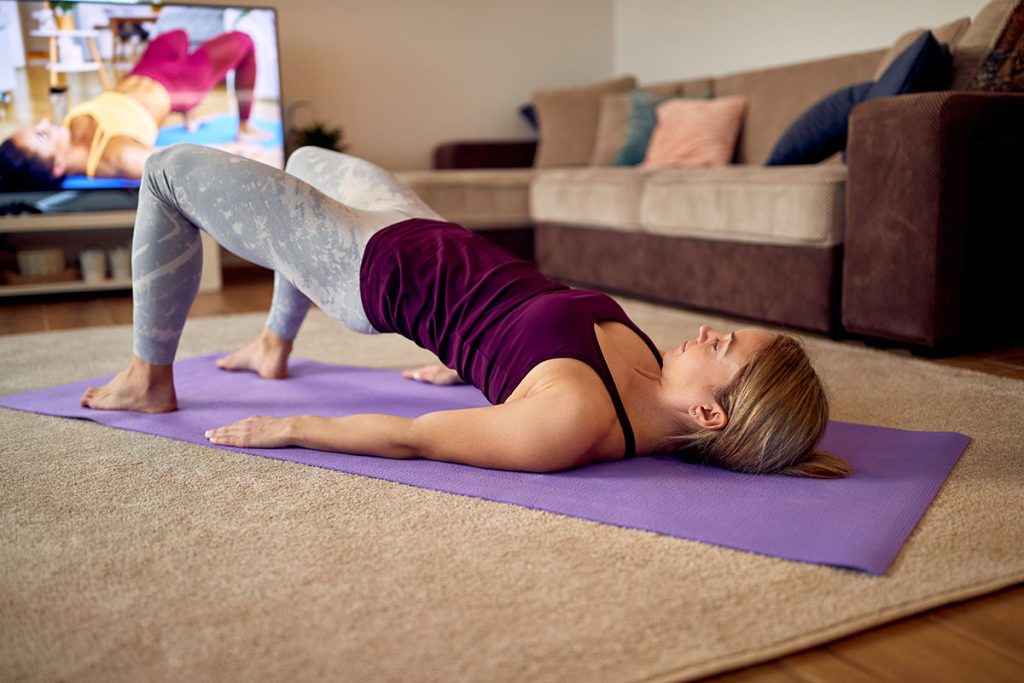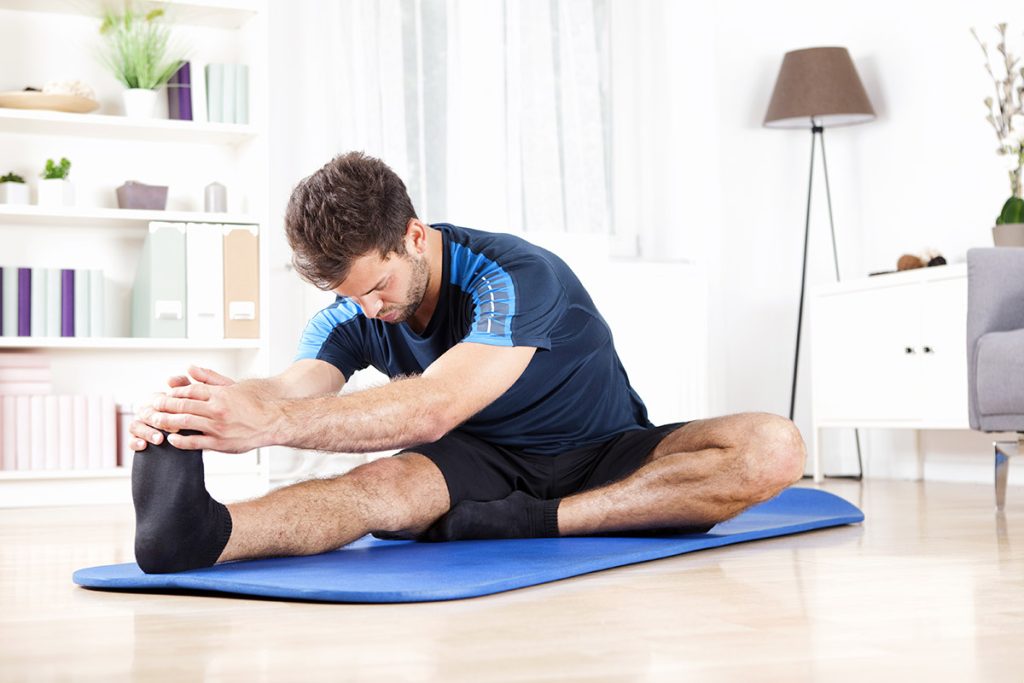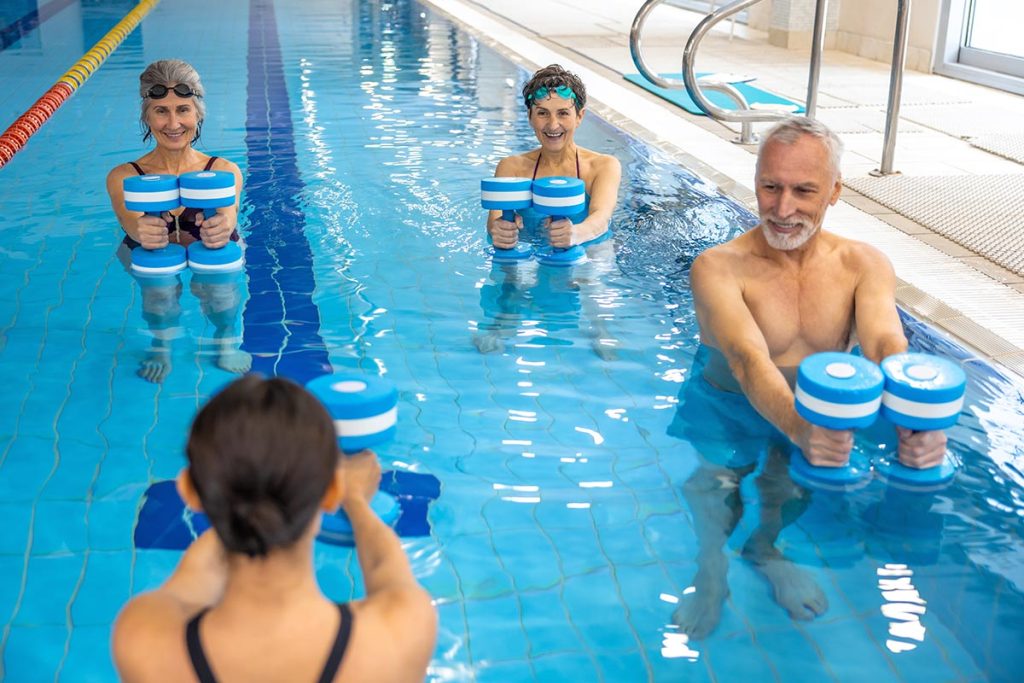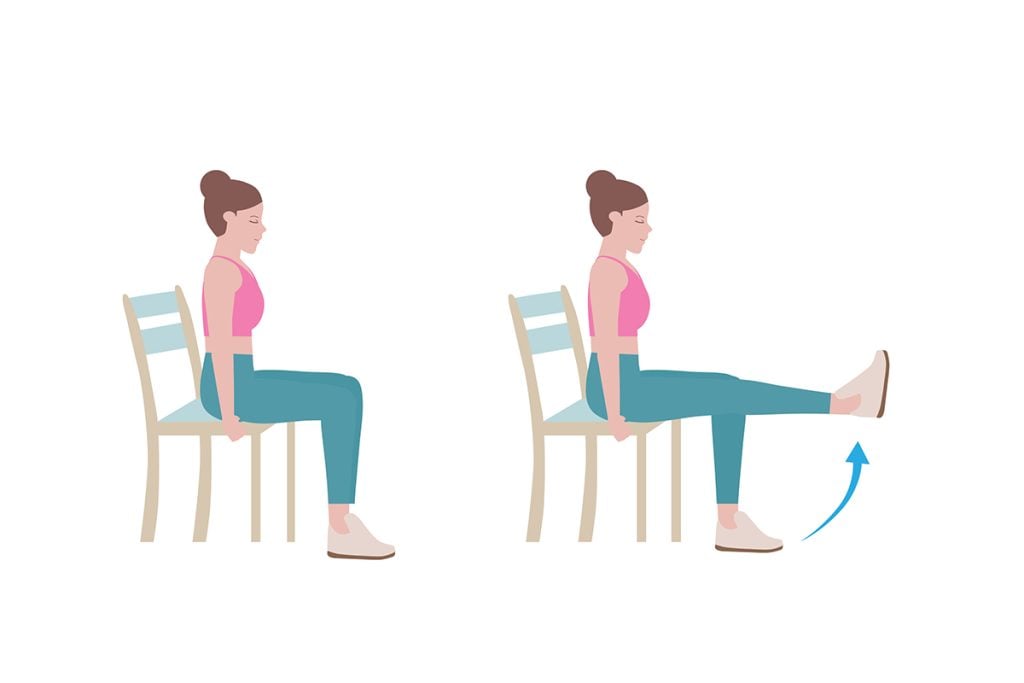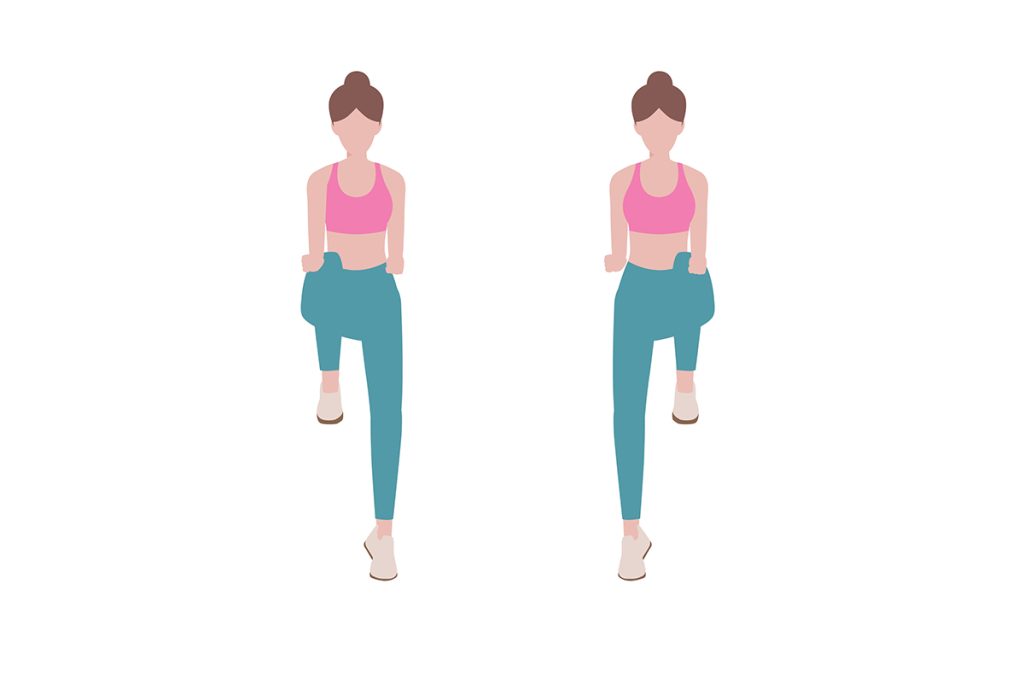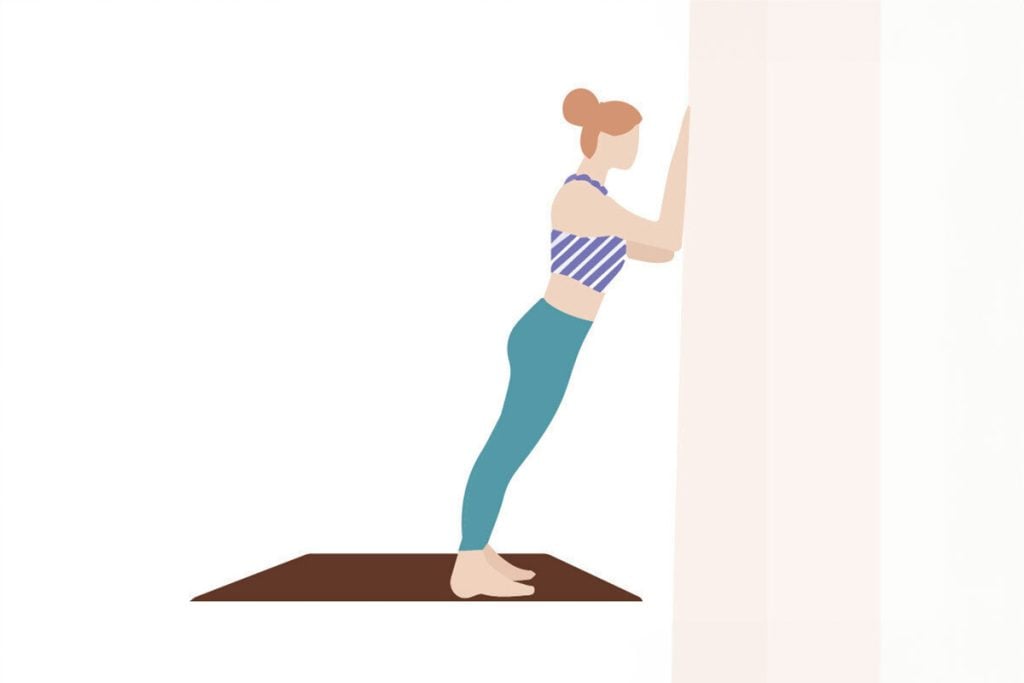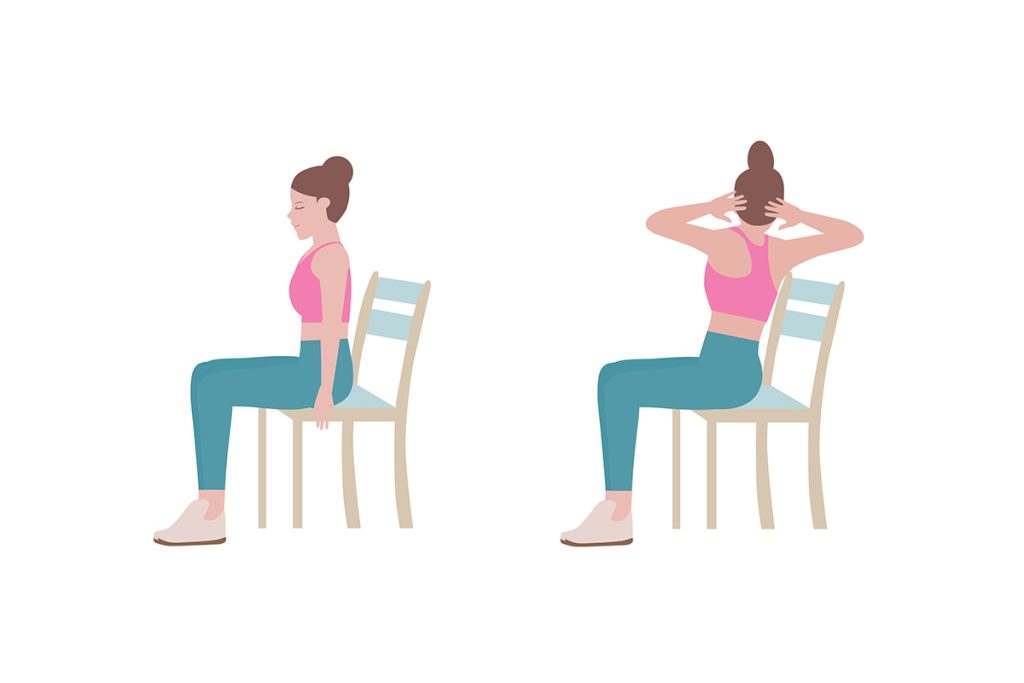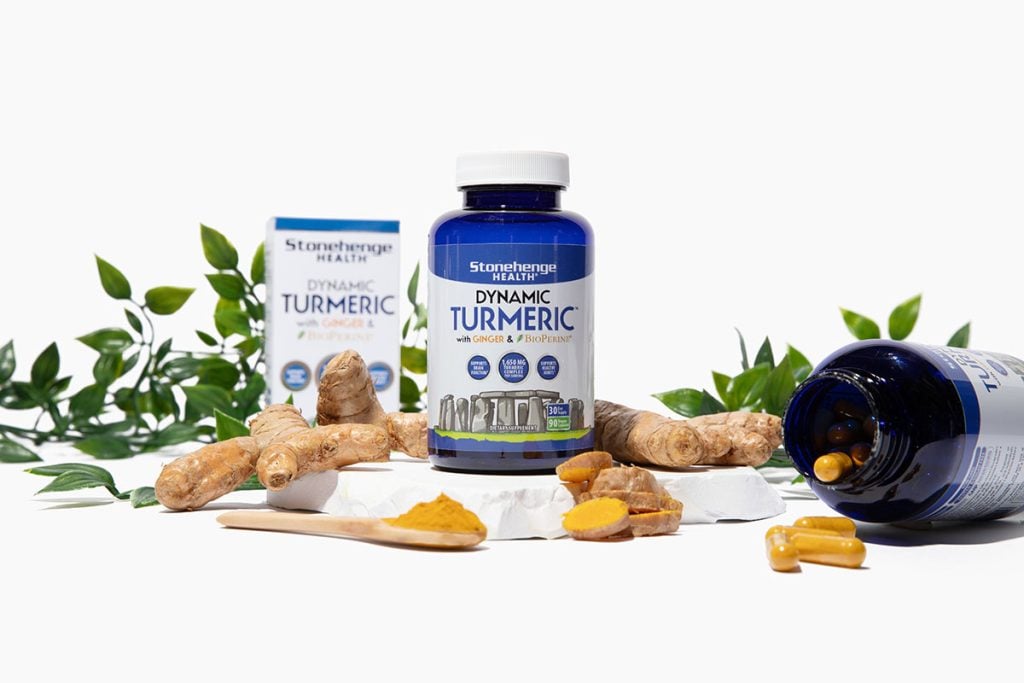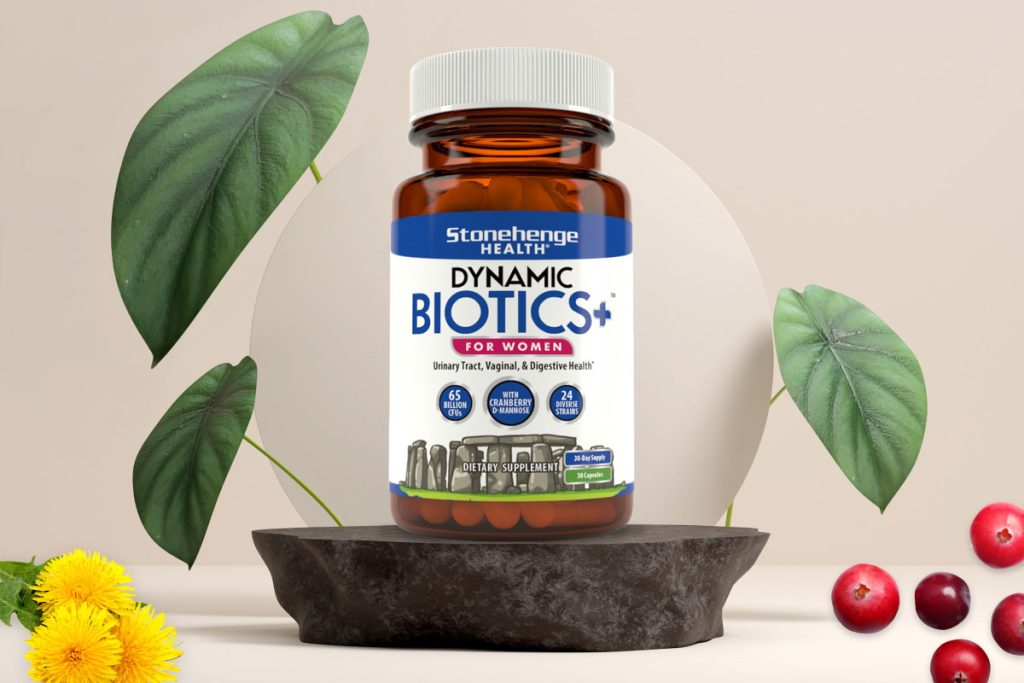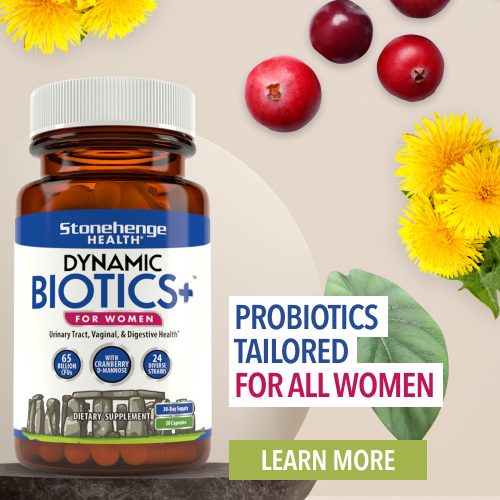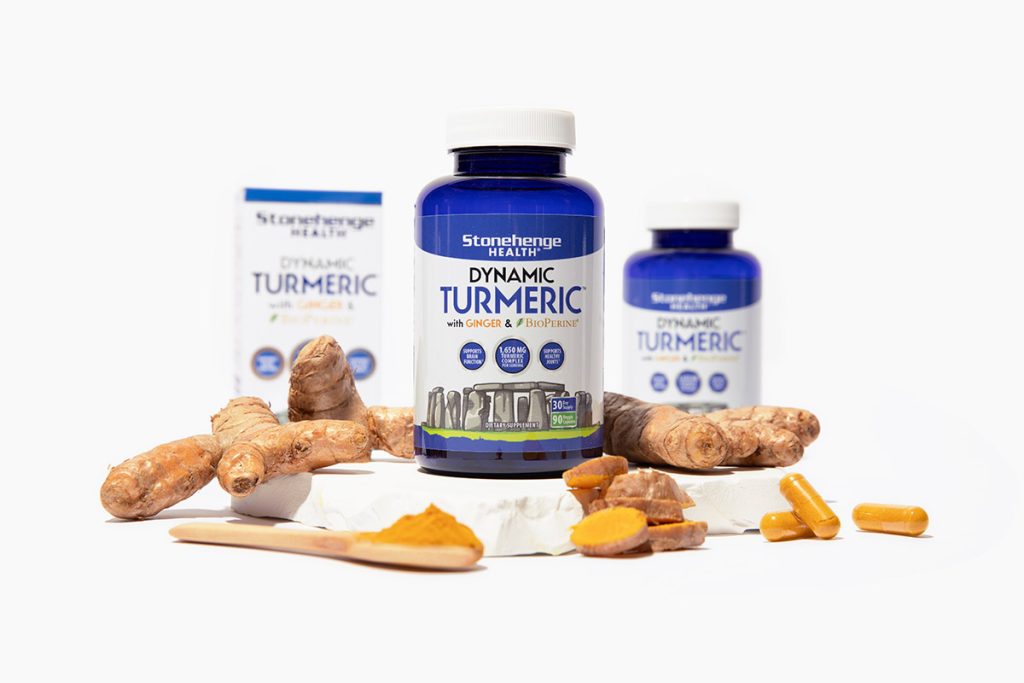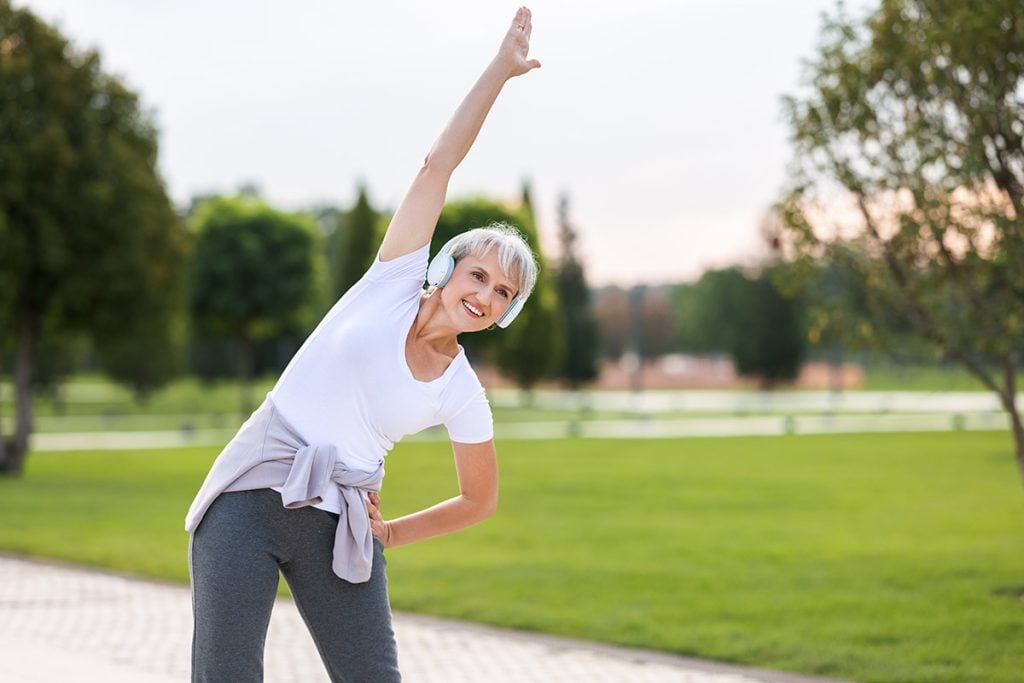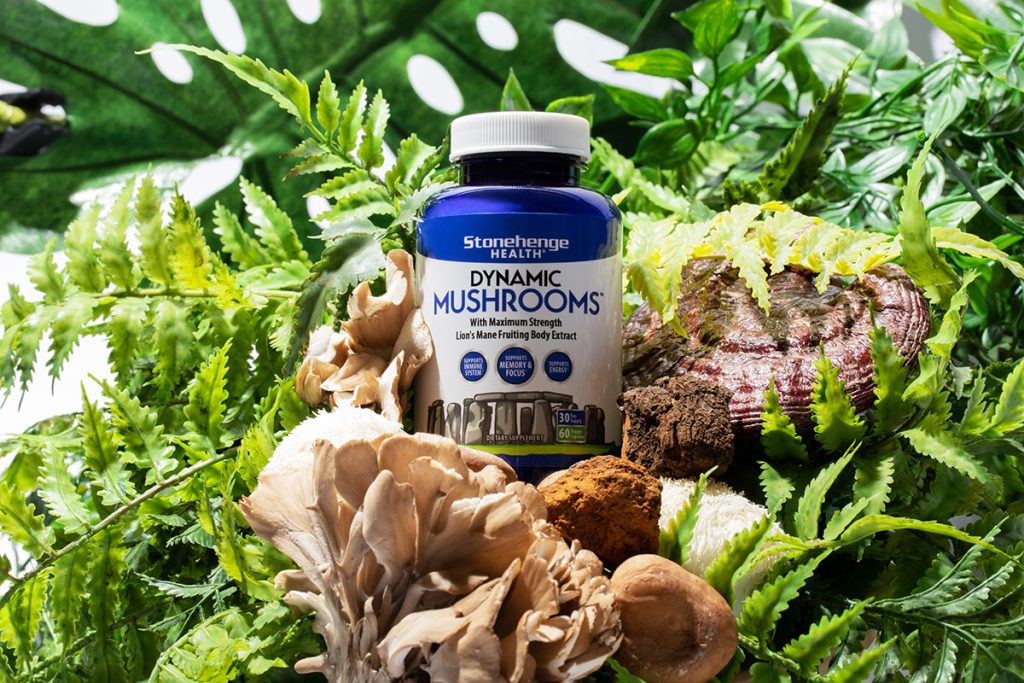
As the holiday season swiftly approaches, I embark on the annual mission to unearth the perfect gifts for my loved ones. In a world where wellness is becoming a focal point of our lives, the challenge lies in finding presents that express my love and encourage and enhance their well-being and happiness.
We’ve curated our wellness-focused gift guide to help you navigate this journey smoothly.
Whether you’re searching for a self-care devotee, a dedicated yogi, a fitness enthusiast who thrives on routine workouts, or someone simply seeking balance and tranquility, this guide has something for everyone.
And here’s where the magic of online shopping comes into play. These thoughtful, health-focused presents are just a few clicks away.
And if you act quickly, they should be delivered in time to be wrapped and nestled under the Christmas tree.
Online shopping may be our superpower, but even superheroes need to beat the clock. So, let’s get those comfortable slippers on, warm up with a cup of hot cocoa, and dive headfirst into this shopping adventure!
1. Beauty Guru

For the beauty enthusiast who cherishes self-care, consider enriching their routine with these thoughtful gifts.
Perfumed Deep Moisturizers
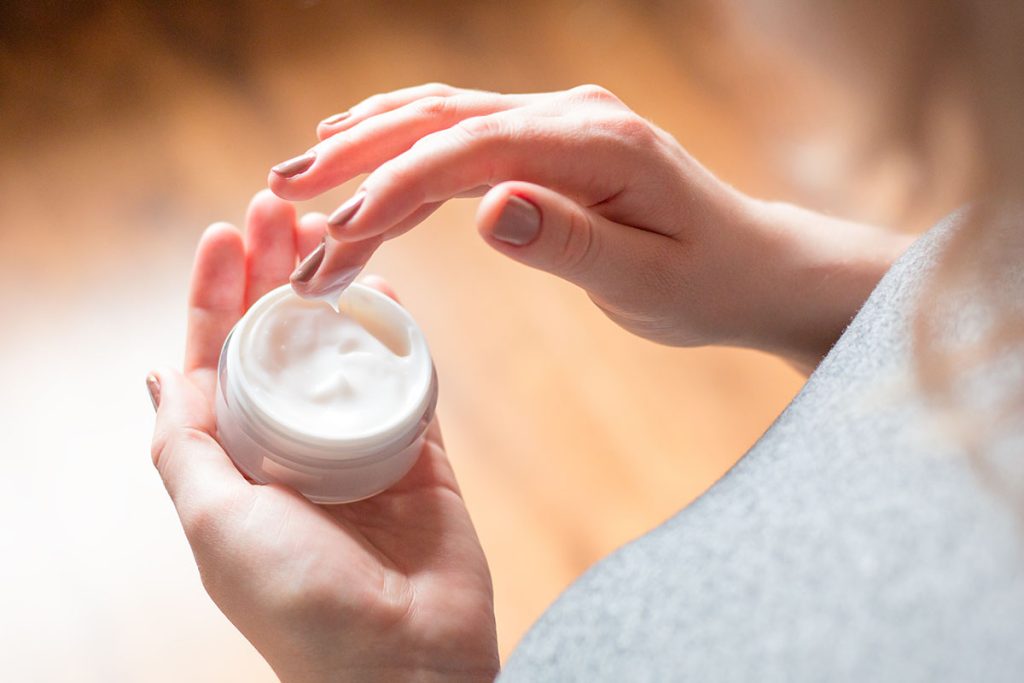
The perfect fusion of skincare and aromatic indulgence, these intensely hydrating creams offer more than just hydration; they provide sensory pleasure through enticing fragrances. This innovative gift transforms a simple skincare routine into a fragrant escape, allowing your loved one to enjoy nourishing care and an alluring scent experience.
High-Quality Men’s Skincare Sets

Remember the men in your life when prioritizing skincare. Treat them to premium products that shield their skin from environmental damage and boost skin vitality. Help maintain their skin health by choosing moisturizers that offer sun protection.
LED Mask
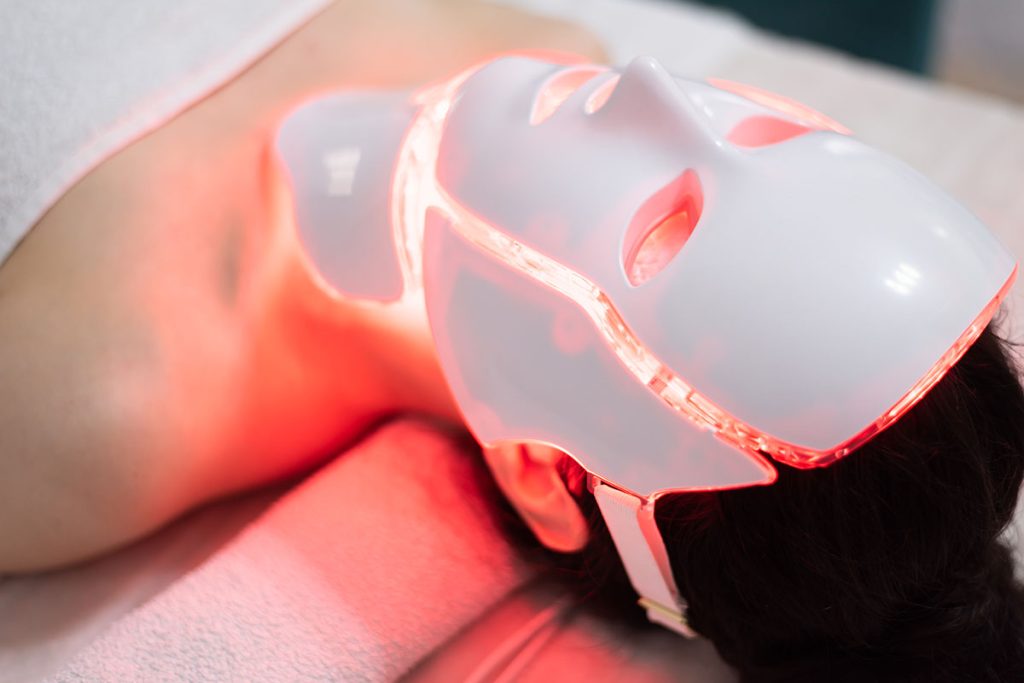
If you’re into the latest skincare trends, you’ve probably caught wind of LED skin therapy. Blue light targets acne and red light addresses anti-aging concerns. The only intimidating aspect? Perhaps the look of the masks. Ideal for your beauty guru mom, sister, aunt, or best friend, it’s a gift that combines luxury with skincare innovation.
Spa Experience Certificate

Treat your loved ones to some pampering with relaxing massages and rejuvenating facials, giving them a beautiful break from everyday stresses. To discover the ideal spa experience, just check out local spas. Many have gift certificates all set to go, nicely wrapped in boxes, making for a lovely and stress-free holiday gift.
2. Travel Enthusiast

Ultimately, holiday gifts for the travel enthusiast should embody practicality, comfort, and a touch of wanderlust, enhancing their globe-trotting experiences and fueling their passion for exploration. These gifts can make their journeys healthier and more enjoyable.
Collapsible Water Bottle

It’s a smart and eco-friendly add-on for staying hydrated during adventures. Plus, this gift goes hand in hand with airports trying to cut down on plastic and waste. Your traveler can help with these efforts while enjoying the perks of a compact, reusable hydration solution.
Dynamic Biotics
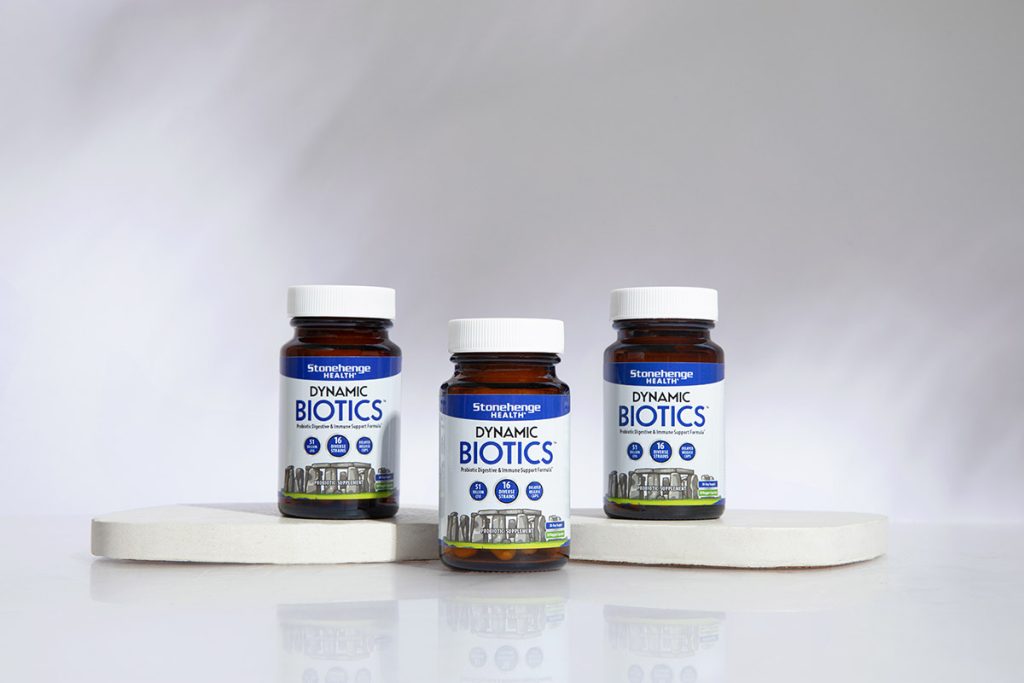
Give the avid traveler in your life the gift of wellness with Dynamic Biotics. With the inclusion of the probiotic strain L. Rhamnosus GG, this thoughtful present is designed to support their digestive health and ease traveler’s diarrhea. As a trusted companion on their journeys, Dynamic Biotics ensures a healthier and more comfortable travel experience.*
Lightweight Packable Rain Jacket

Designed for adventure, this essential travel companion offers protection from unexpected downpours without weighing down luggage. Super practical, versatile, and a sweet addition to any travel gear stash, these jackets make the perfect holiday gift for the wanderer who handles all weather conditions with flair and ease.
Noise Cancelling Headphones

Beyond creating a tranquil oasis amid the hustle and bustle of transit, these headphones significantly contribute to overall health. By effectively minimizing ambient noise, they provide a serene space, shielding travelers from the stressors of busy airports and public spaces.
3. Foodie

For the foodie who treasures both taste and health, consider these ideas.
Mediterranean Recipe Book

Gift the foodie in your life the joy of culinary exploration with a Mediterranean cookbook. These recipe books focus on nutritious and delicious Mediterranean meals, allowing your foodie to seamlessly incorporate the principles of this vibrant diet into their everyday eating. More than just a cuisine, Mediterranean cooking is a guide to a healthier, more flavorful life.
Smoothie Blender
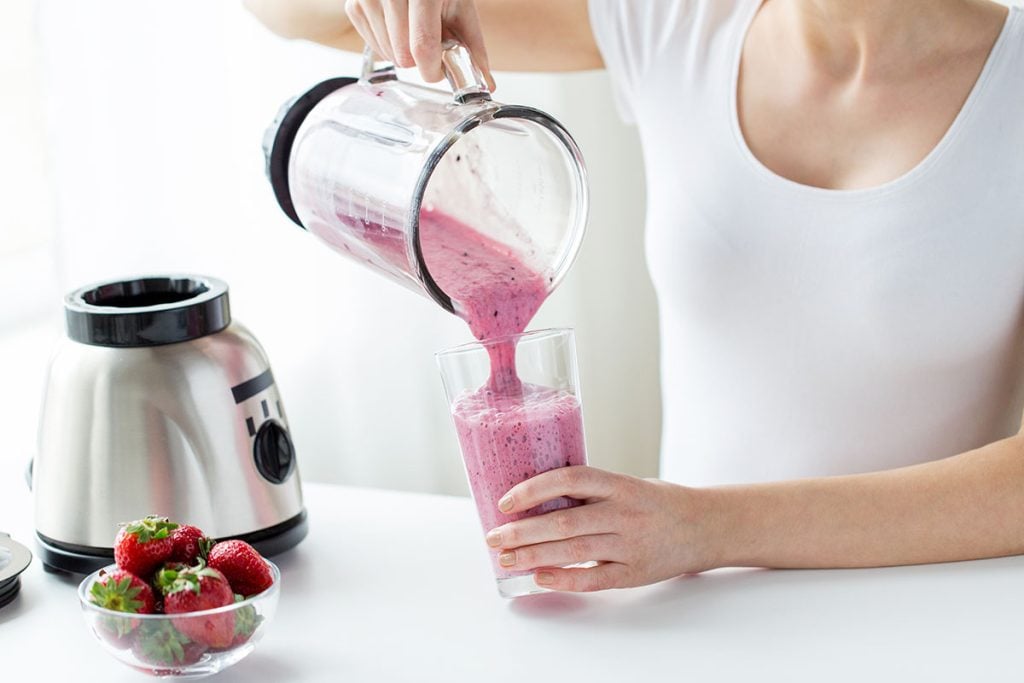
This versatile appliance is the ultimate tool for crafting nutritious and delicious smoothies, allowing for vibrant combinations of fruits, vegetables, and superfoods with ease. From morning energy boosts to post-workout replenishments, this thoughtful gift supports your loved one’s commitment to a healthy lifestyle and adds a touch of culinary excitement to their daily routine.
Smart Kitchen Garden
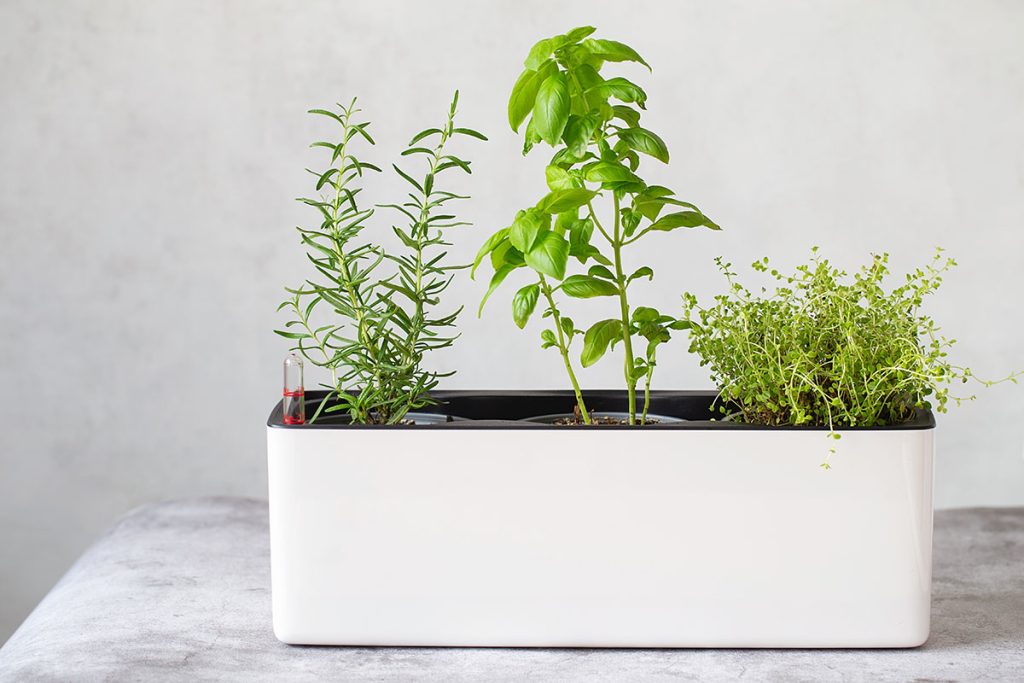
Who wouldn’t love the happiness of having fresh, homegrown ingredients from a cool indoor garden? This awesome and considerate gift grows herbs, greens, and veggies at home, guaranteeing a steady stream of tasty and nutritious goodies for cooking adventures. Thanks to smart tech making care a breeze, these indoor gardens support eco-friendly living and bring a pop of green to the kitchen.
High-Quality Olive Oils and Balsamic Vinegars or Exotic Spice Sets

These high-quality, healthy ingredients take their cooking game to the next level. Share new flavors and awesome blends to spice up your loved ones’ cooking adventures. Check out the health food store nearby for pre-made holiday baskets.
4. Weight Conscious

Support those on a weight-conscious journey with these helpful tools.
Smart Kitchen Scale
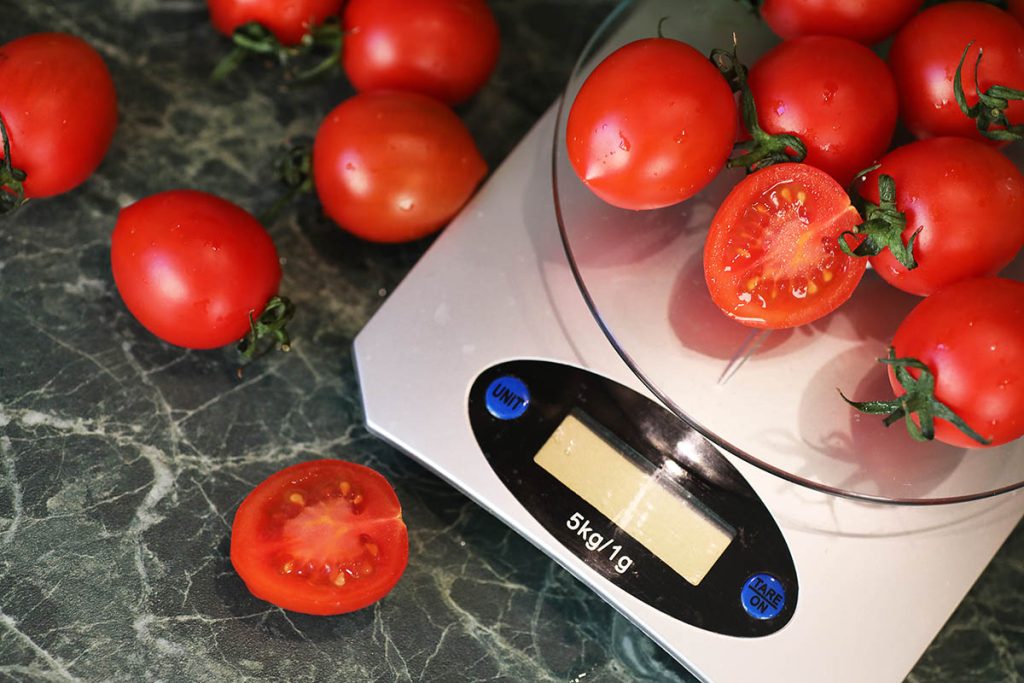
Aid them in accurate portion control with a digital kitchen scale. This handy tool allows users to measure their food portions accurately, making it easier to keep track of calorie intake and adhere to specific dietary requirements. Their sleek designs are a stylish addition to any kitchen.
Air Fryers
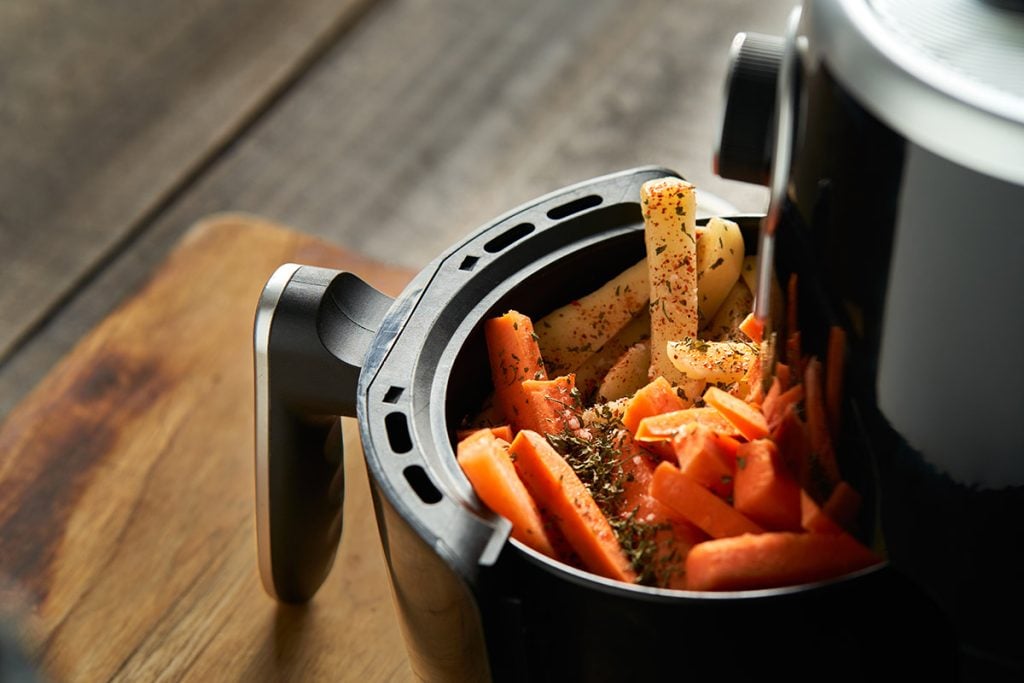
These kitchen wonders promote mindful eating and open the door to a world of nutritious and delicious culinary creations.
With its innovative cooking technology, Air Fryers allows for guilt-free indulgence in crispy and flavorful dishes with significantly less oil. It’s a game-changer for those seeking a healthier alternative to traditional frying methods.
Vegetable Spiralizers
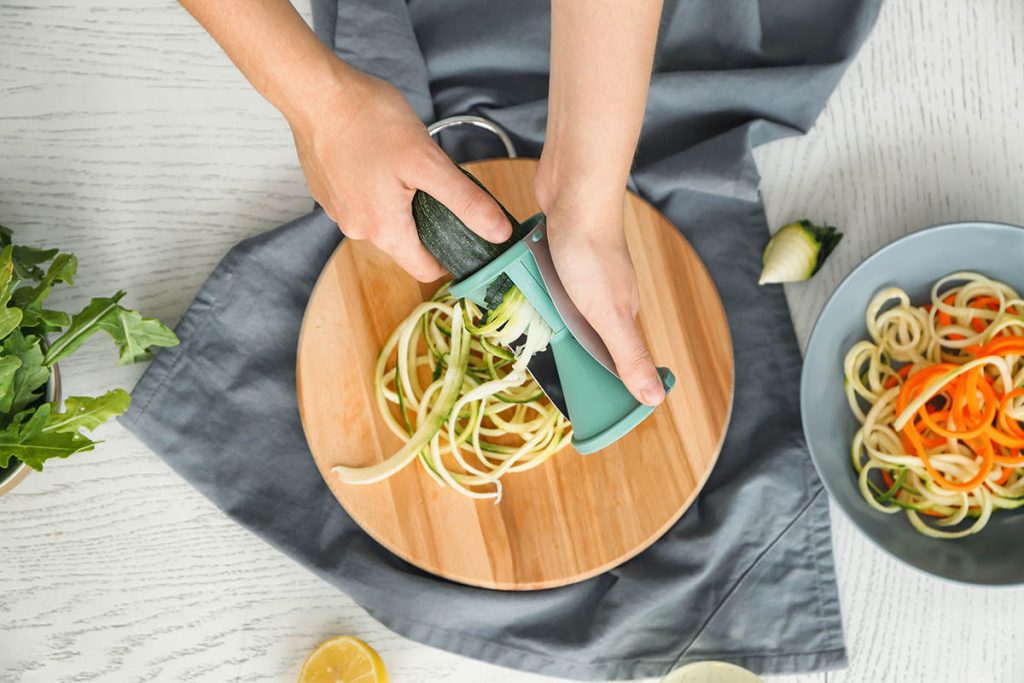
Vegetable spiralizers introduce a fun and inventive way to incorporate more veggies into meals. Transforming ordinary vegetables into vibrant and noodle-like spirals adds color and nutrition to every dish, making healthy eating a delightful experience.
Both gifts cater to the health-conscious individual’s desire for nutritious and flavorful meals, encouraging a mindful approach to cooking.
Accountability and Fitness Buddy Offer

Nothing says “I care,” like showing up for someone. Offer to buddy up on accountability and fitness, whether it’s regular walking meetups or gym sessions.
5. Fitness at Every Age

For individuals at various fitness levels, consider these age-appropriate gifts:
Fitness Tracker

Motivate beginners with a fitness tracker that monitors progress and encourages activity.
High-Quality Yoga Mat
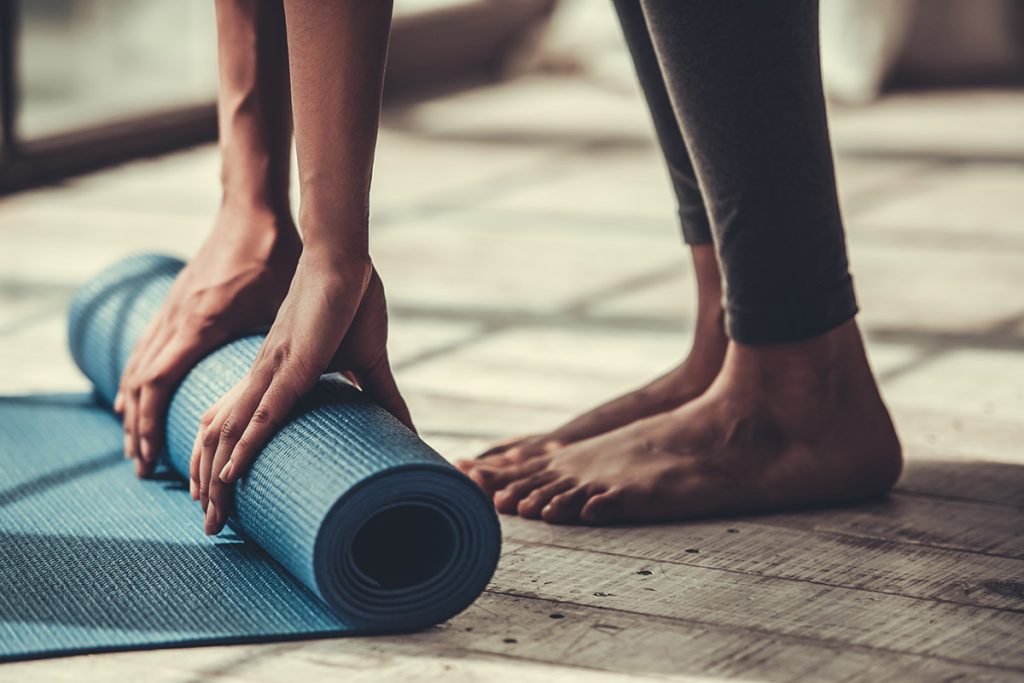
High-quality yoga mats designed for comfort and durability provide a supportive foundation for every pose. Whether you are buying for a seasoned yogi or someone just starting their wellness journey, a top-notch yoga mat enhances the experience, offering grip, cushioning, and stability.
Resistance Bands Set

Put versatile fitness right into their hands. These bands are a fantastic addition to any workout routine, providing varying resistance levels for strength training or stretching to any age group.
Fitness Dice
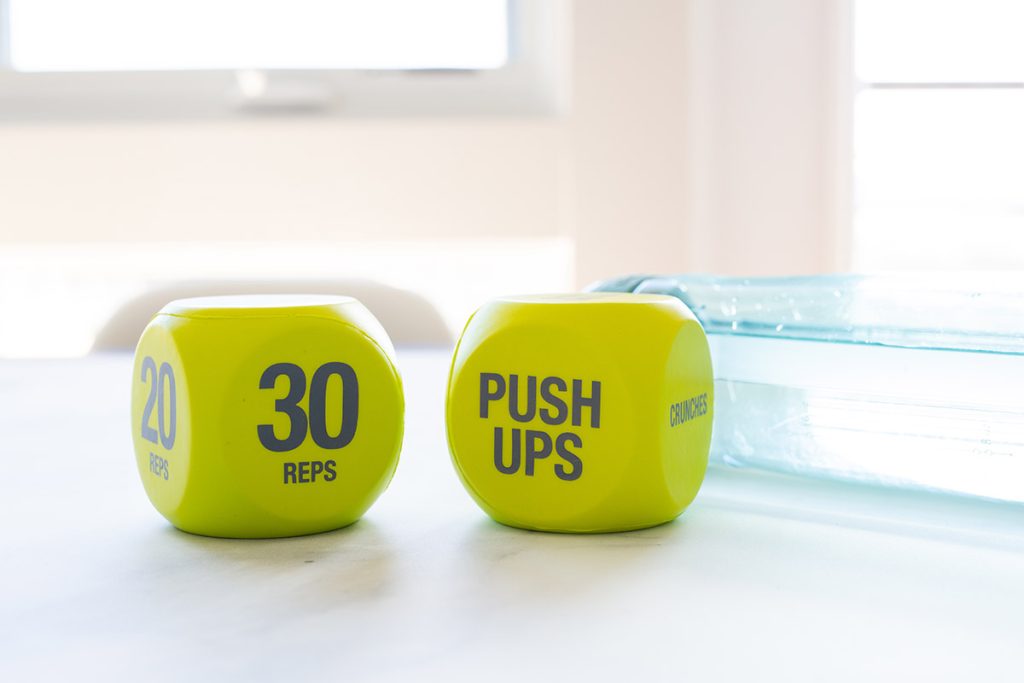
Each roll unveils a new exercise challenge, turning fitness into a game. These dice inject variety and spontaneity into every session, fostering motivation and creativity.
Dynamic Turmeric
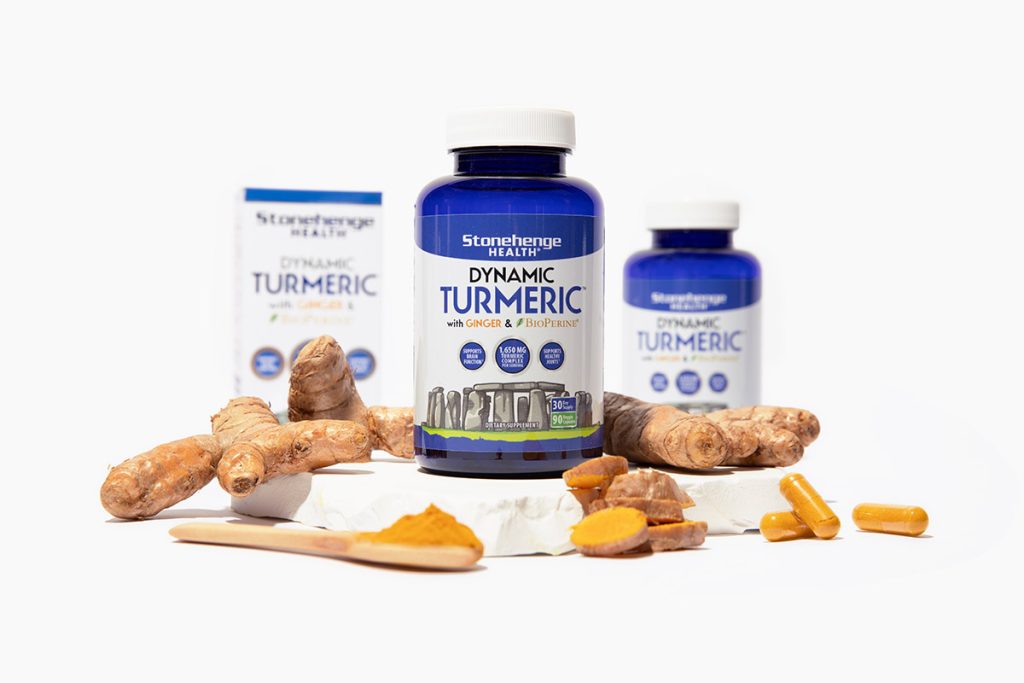
This thoughtful present harnesses the power of turmeric to promote overall well-being. Dynamic Turmeric provides antioxidant benefits, it supports joint health, mobility, and flexibility, which is essential for those passionate about fitness.*
Moisture-Wicking Clothing

These garments are designed to keep you cool and dry by swiftly drawing away sweat. Whether hitting the gym, running or navigating a busy day, moisture-wicking fabrics ensure a fresh and comfortable feel.
Health Monitoring Wearables

These smart devices go beyond fashion, offering real-time insights into various aspects of health. From tracking steps and monitoring heart rate to analyzing sleep patterns, they provide a holistic view of one’s wellness journey and empower the user to make informed lifestyle choices. With the gift of a wearable health monitoring device, you’re not just giving a device – you’re giving the power to prioritize and enhance overall health.
6. Mental Agility, Balance & Fun

Engage the intellect of your loved ones with cognitive-boosting gifts, and for those searching for mental balance, explore stress-relief gifts that promise relaxation and tranquility.
Brain Games

Looking for the perfect presents that combine fun and the bonus of sharpening the mind? Treat your loved ones to entertaining brain games like Sudoku Books and Puzzle Sets – they are a blast and give the gift of enhanced cognitive abilities. Amp up the holiday joy with strategy board games like Blank Slate, offering enjoyment and a fantastic way to keep those mental gears turning.
Aromatherapy Diffusers

Transform any space into a calming retreat with an Aromatherapy Diffuser. These beautifully crafted devices enhance ambiance and foster relaxation and mental clarity by diffusing soothing essential oils. Elevate the experience by pairing it with high-quality essential oils for a complete sensory journey.
Dynamic Brain
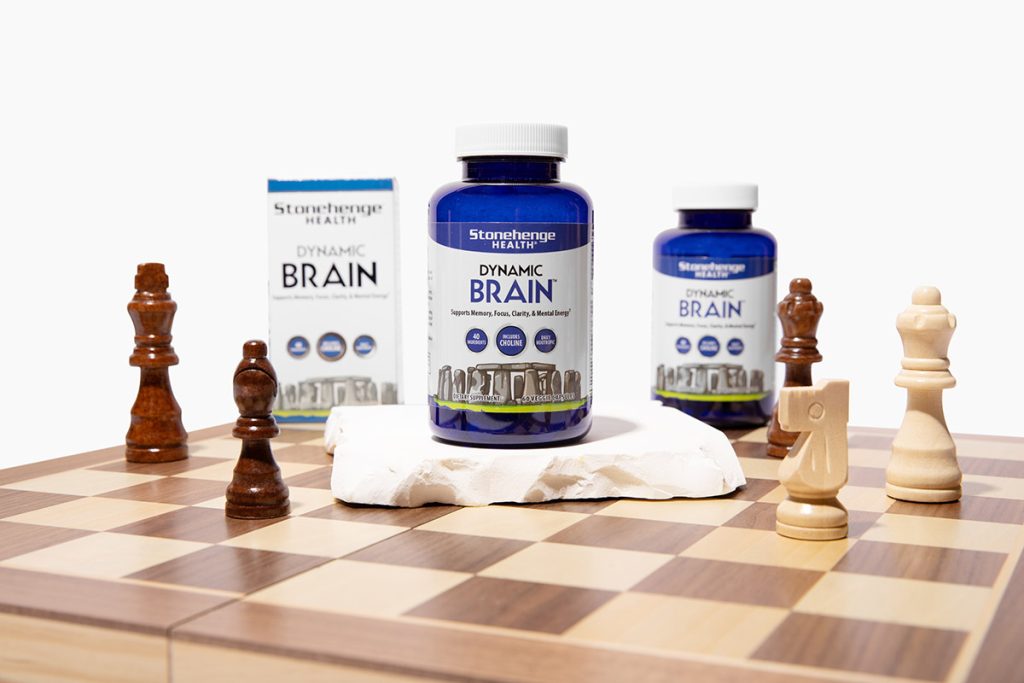
This holiday season, give the gift of cognitive vitality with Dynamic Brain – a thoughtful and versatile present suitable for every adult, from seniors to busy, studious adults. Crafted to support mental clarity and focus, Dynamic Brain is a comprehensive supplement designed to nourish the mind and promote overall cognitive well-being.*
Himalayan Salt Lamp
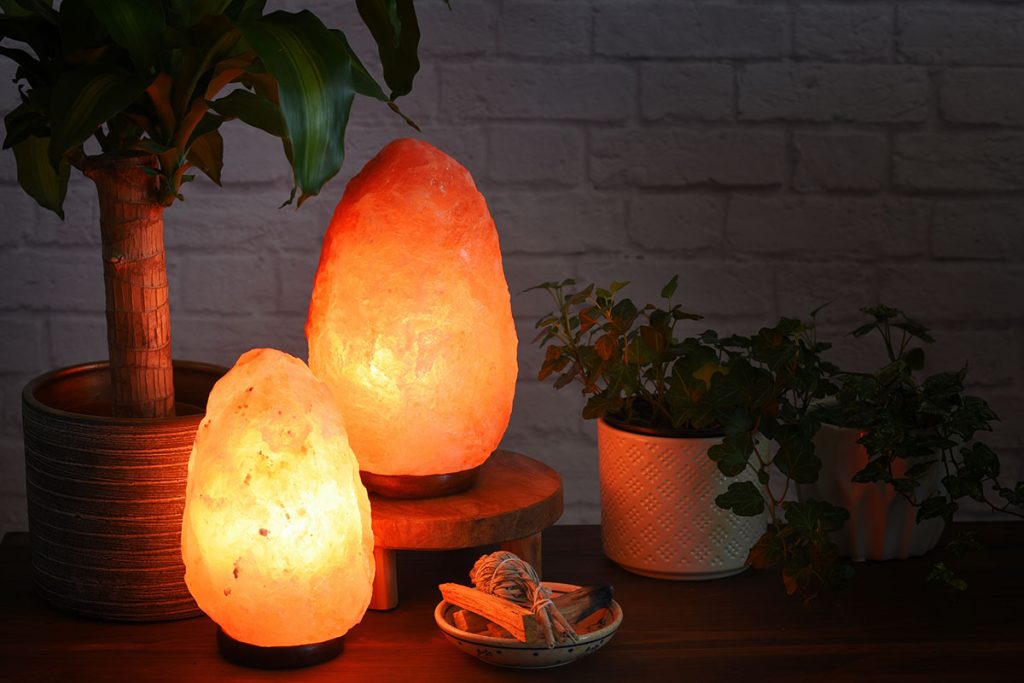
These lamps add a warm and cozy glow to any space and are believed to emit negative ions, bringing about a sense of calm and well-being. It’s a unique and chill present that will light up someone’s day – both literally and figuratively.
Mindful Journal

Encourage positive thinking and gratitude with a mindful journal. Through simple prompts, they guide users to reflect on the good in their lives, fostering a daily habit of optimism and gratitude.
Light Therapy Lamp
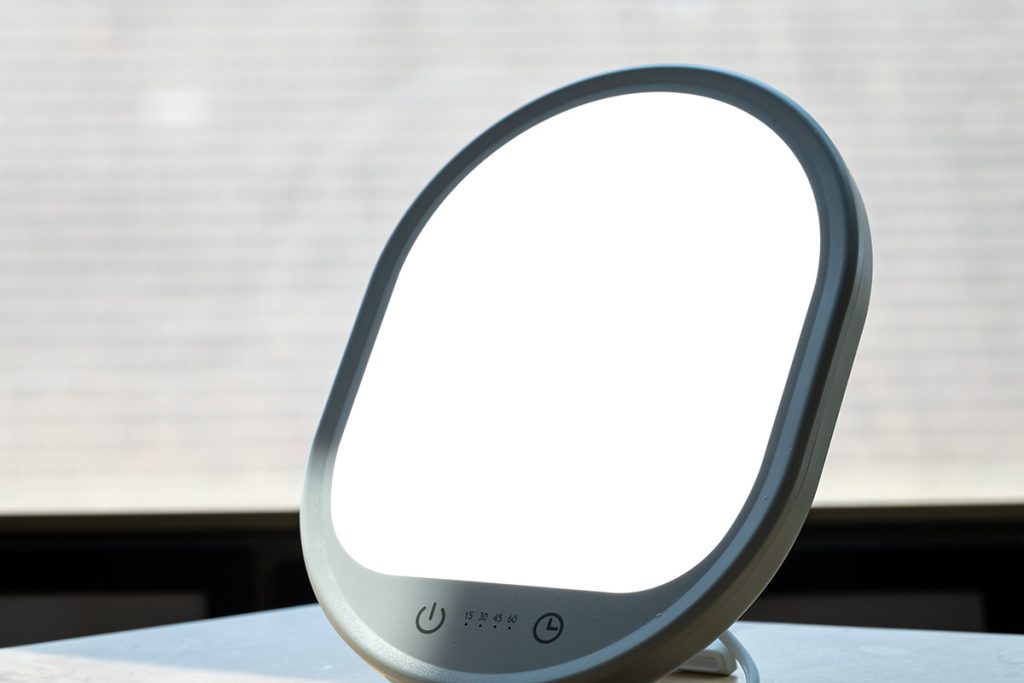
This thoughtful gift illuminates and promotes mental wellness. Light therapy lamps designed to simulate natural sunlight conveniently boost mood, energy levels, and overall vitality.
Digital Picture Frame

Embrace the essence of wellness by staying connected with loved ones in real-time. A digital picture frame is the easiest way to effortlessly share and display cherished photos with the people you care about. From your phone to their frame, keep the moments that matter close at hand – a thoughtful and heartwarming gift that bridges the distance with the touch of a button.
Let your gifts speak volumes about your love and consideration for your friends and family this holiday season. By choosing presents that align with their specific interests and health goals, you contribute to their journey towards a healthier and happier life.
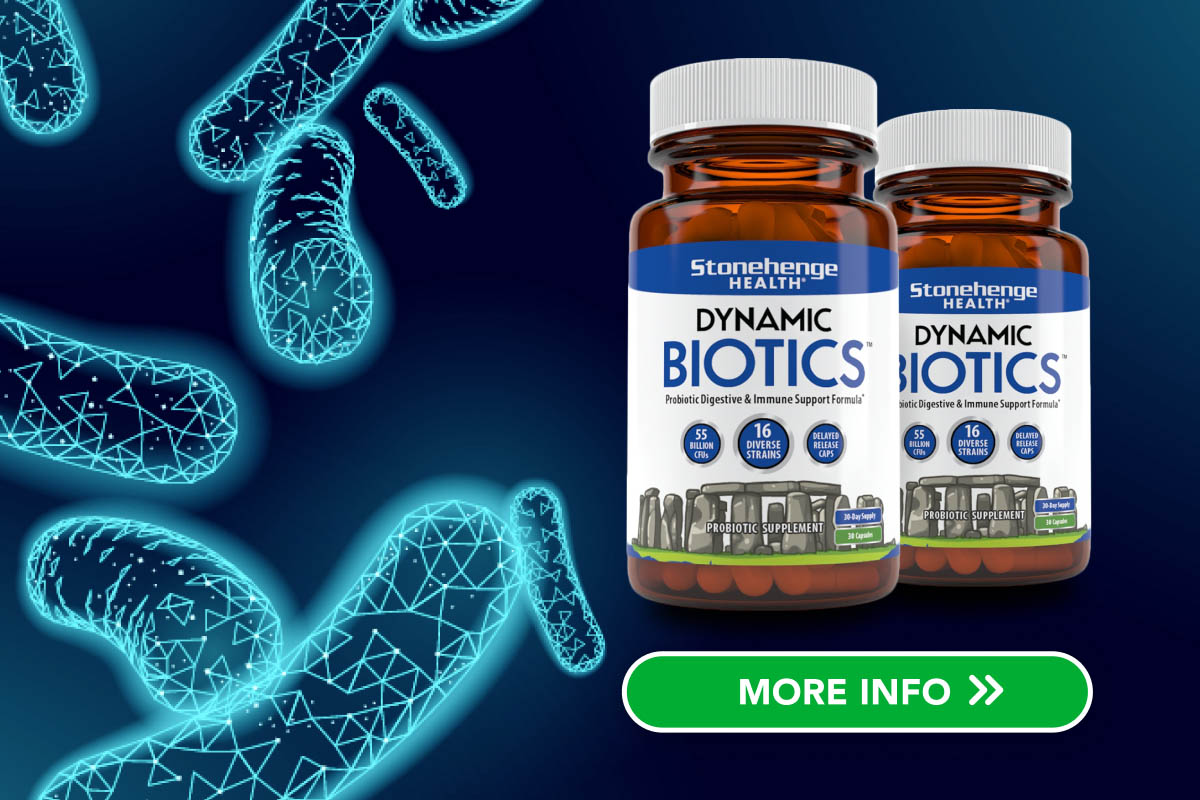
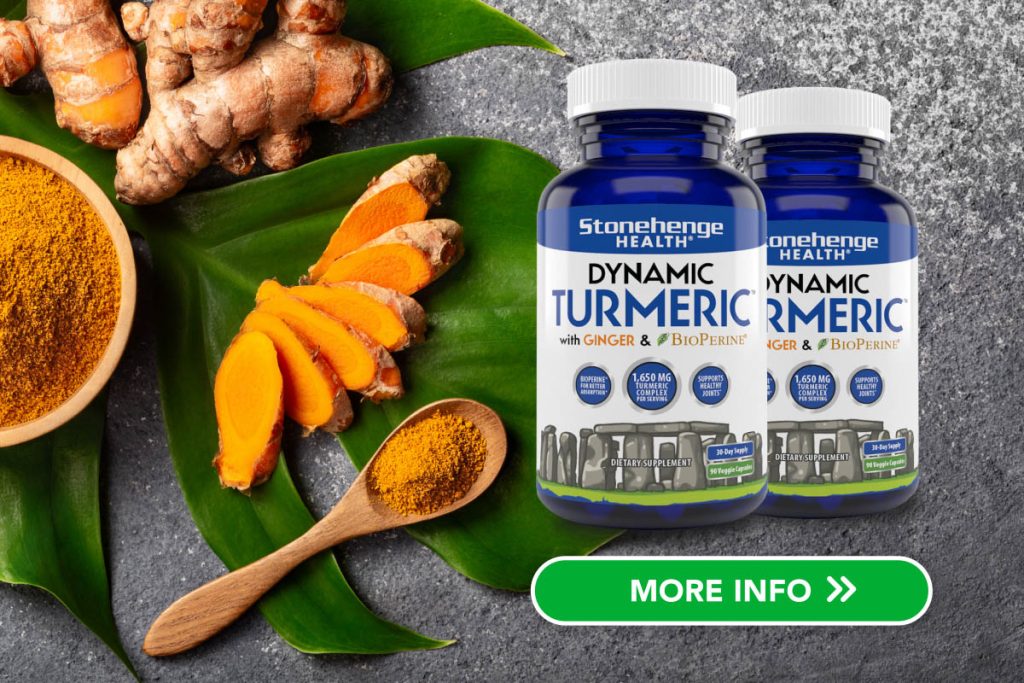
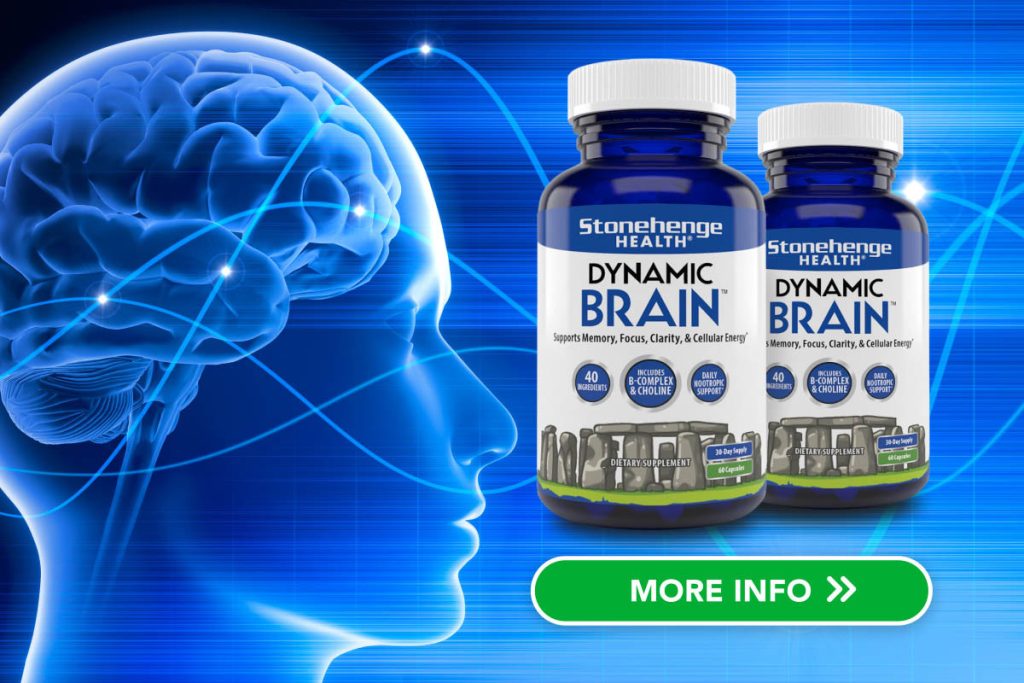
* These statements have not been evaluated by the Food and Drug Administration. This product is not intended to diagnose, treat, cure or prevent any disease.













